INSIDE: Noteworthy: Doctors & Healthcare Providers Artificial Intelligence in Medicine
Argonne National Laboratory Advancements




INSIDE: Noteworthy: Doctors & Healthcare Providers Artificial Intelligence in Medicine
Argonne National Laboratory Advancements



The art and innovation of a trailblazing surgeon
Skyvi Pergolas enhance any home with a sleek, customizable design. Available in dimensions up to 23’ x 16’ x 9’, they can be tailored with premium materials and features to complement your space.
With louvered roofs and side panels, Skyvi Pergolas adjust at the touch of a button. Choose from screen fabrics or glass sliding panels to create an enclosed retreat for year-round enjoyment.
Crafted from powder-coated aluminum and reinforced with stainless and galvanized steel, Skyvi Pergolas resist chipping, peeling, and harsh weather— standing strong against winds up to 68 mph. Plus, their ecofriendly production makes them a sustainable choice.
Perfect for patios, rooftops, or backyard escapes, Skyvi Pergolas also elevate commercial spaces, offering stylish outdoor comfort for patrons.
Skyvi Pergolas provide a high-end outdoor experience.





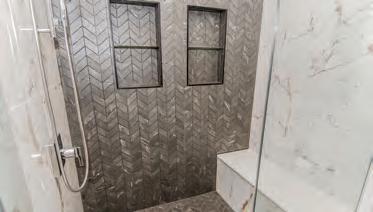

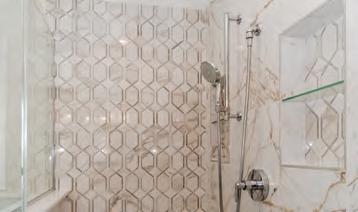
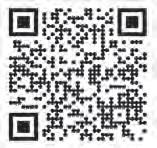
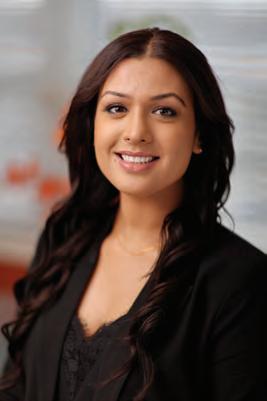
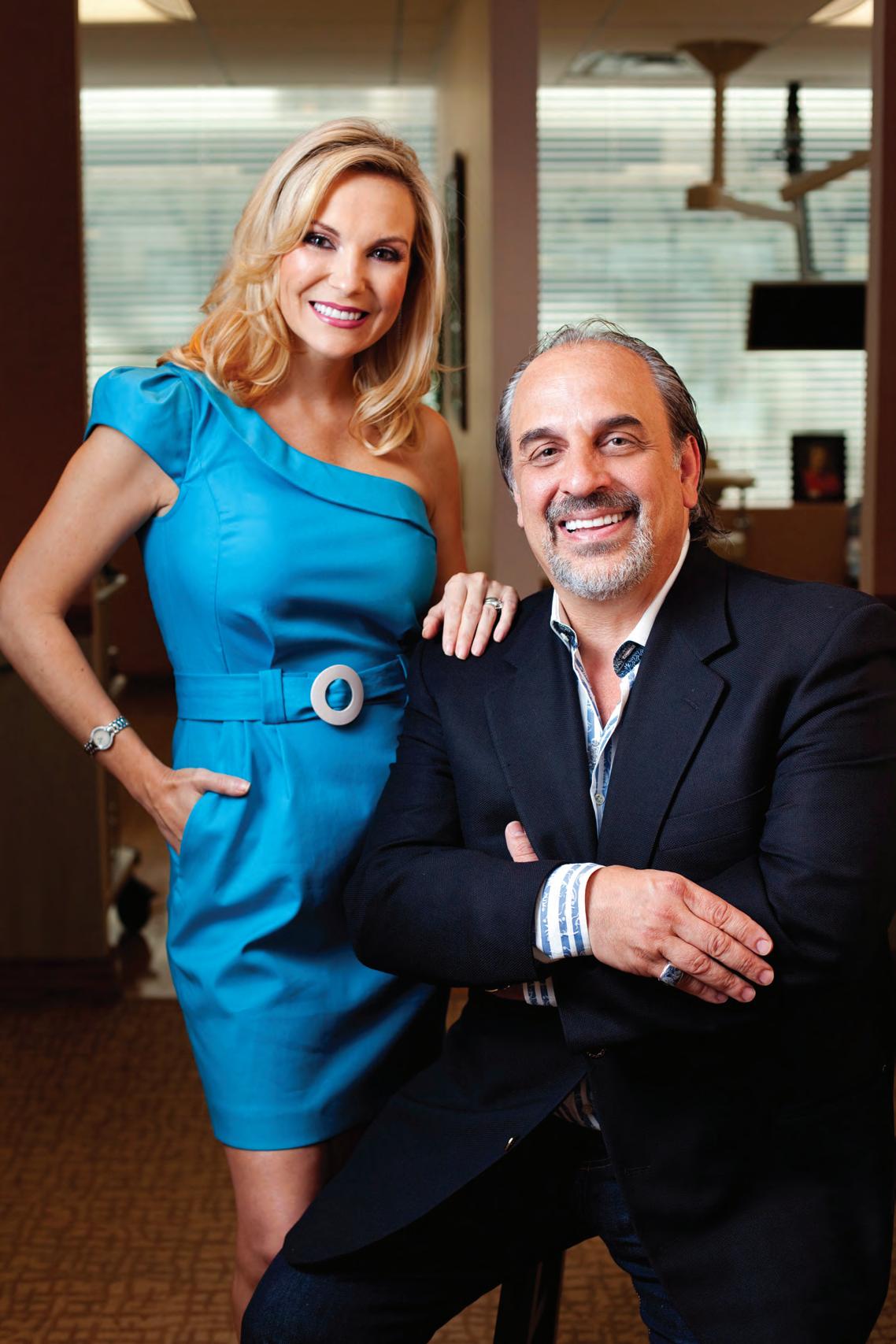
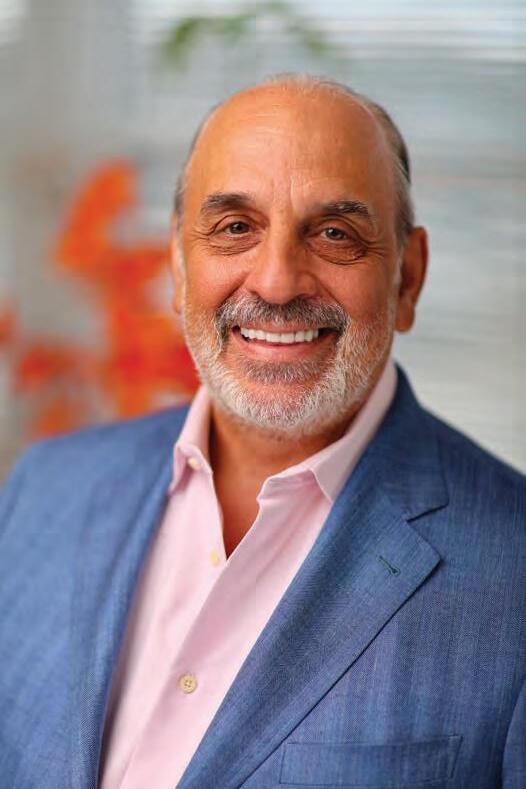
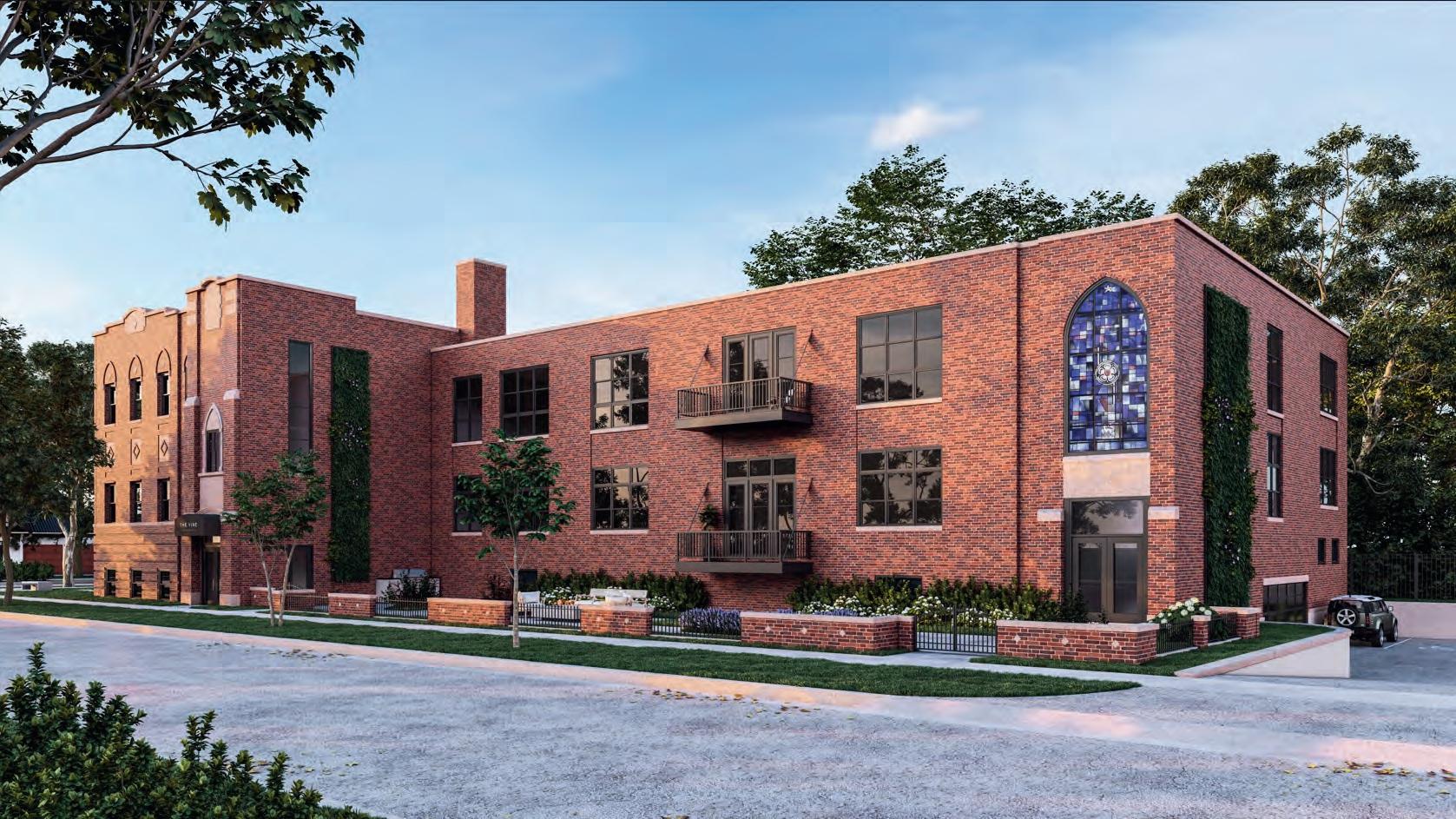

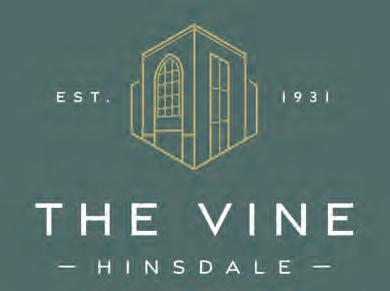

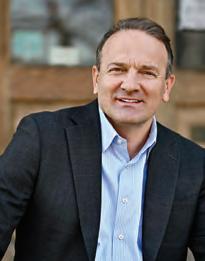
ere are just a few of many useful news items and positive stories for you to enjoy in this issue.
Our cover story on facial cosmetic surgeon Dr. Michael Byun leads an entire section on Noteworthy Doctors. This will be an opportunity to learn about leading doctors in our communities for your consideration.
In this section, we also bring you updates on achievements in medicine by local doctors and scientists. Thanks to Illinois doctors at several universities, fellow doctors worldwide are being shown how to work with AI, from data to diagnosis. At nearby Argonne Labs, the substantially upgraded Advanced Photon Source is now making it possible to use “smart” proteins to better monitor diseases like cancer and thyroid disorders.
May always feels like a month of movement—of blooming gardens, packed calendars, and hearts leaning toward summer. In this issue, that momentum is reflected in our stories—stories of purpose, persistence, creativity, and community.

education. Prospect Elementary’s Kristin Cummings— now a Golden Apple finalist—has built a culture of growth and inclusion through her unwavering dedication to students and staff. She’s a reminder that the people who quietly uplift our communities are often the ones shaping our future.
In the sports arena, we celebrate achievement through discipline and effort. The Hinsdale Central 200-yard medley relay swim team shattered a national high school record with precision and heart, and the entire team went on to win a third straight state swim championship. Clarendon Hills native Michael Skora has transformed from a struggling runner to a college star by clocking a sub-fourminute mile. These young athletes show what’s possible when passion meets persistence.

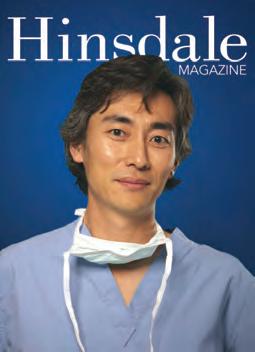
First, we’re deeply inspired by Molly Solik’s journey with her father, Jerry, whose ALS diagnosis transformed their lives into one long, beautiful road trip across the world. Through 15,000 photographs and countless shared experiences, their story reminds us to live with intention and to find light even in life’s most challenging moments.
One of the most striking themes in this issue is leadership—and not just the kind that makes headlines, but the kind that creates lasting impact. Take Isa Ibrahim, a high school student who founded DUMUN, a studentrun Model UN conference aimed at empowering others to engage in global issues.
Equally powerful is our look at leadership and impact in
Our community is also coming together to honor the past with style. This year’s Hinsdale Historical Society Kitchen Walk Luncheon captured the charm of Palm Beach in the 1960s, while raising essential funds to preserve the town’s architectural and cultural heritage.
May is a time of blooming, and in these pages, you’ll find the blossoming of ideas, the growth of young leaders, and the enduring power of connection. So, whether you’re flipping through these pages for inspiration or simply enjoying a quiet moment with your coffee, we hope this issue reminds you of the many forms of progress. If there’s a single thread tying it all together, it’s this: growth with intention. Whether through family, sport, service, leadership, or art, this issue honors how people turn life’s challenges into meaning—and passion into purpose.
Scott Jonlich Publisher Hinsdale Magazine










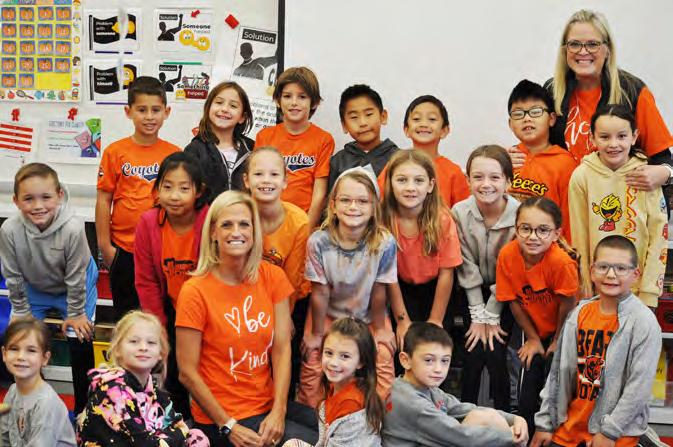
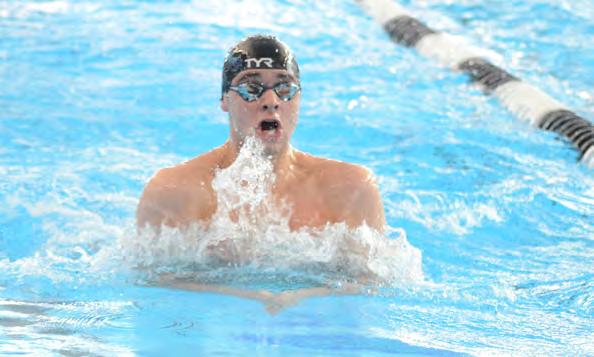
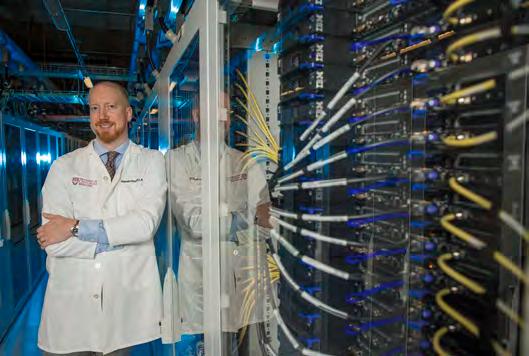


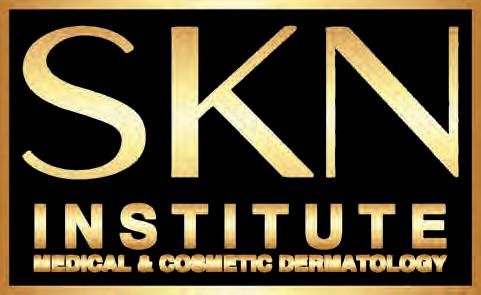
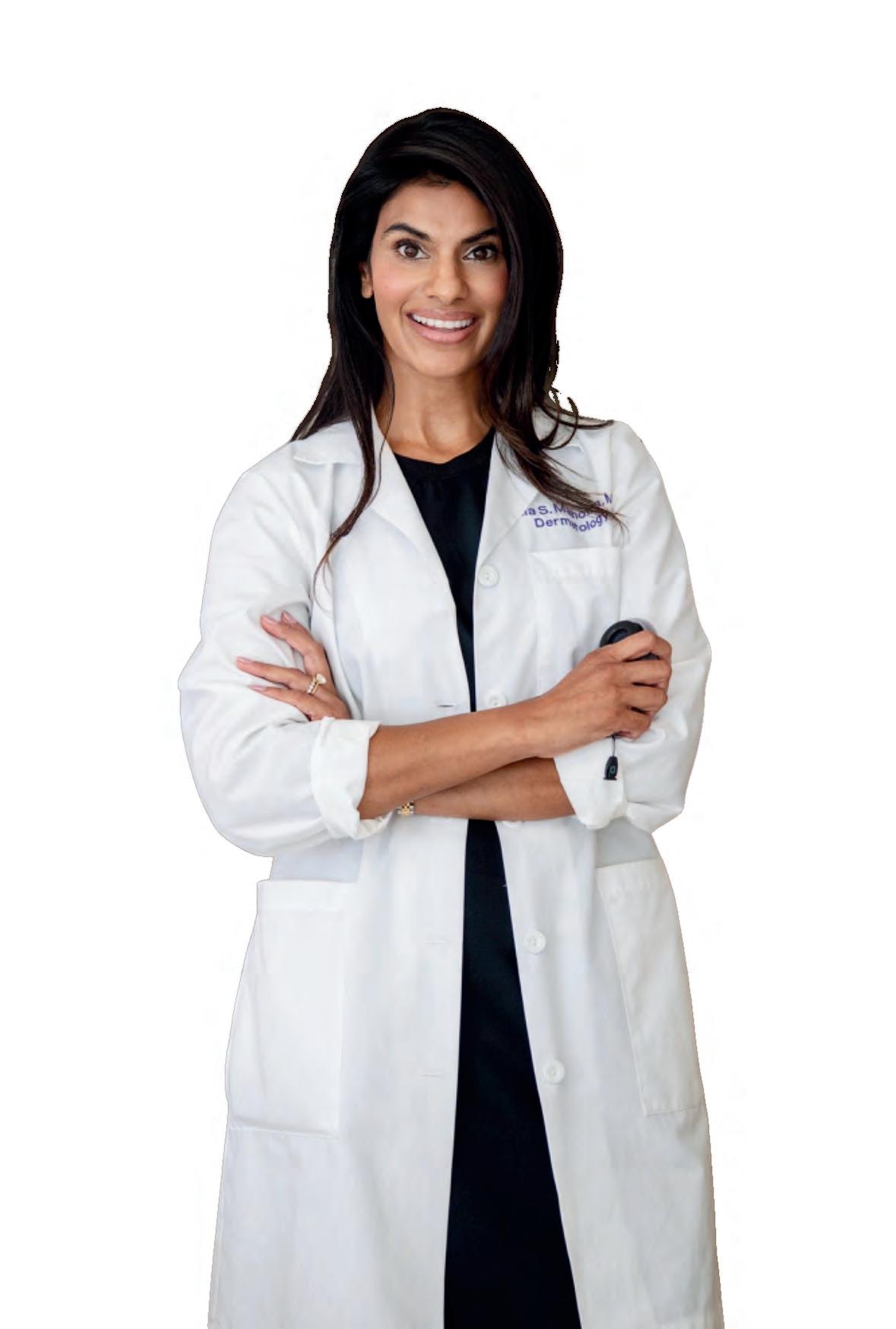
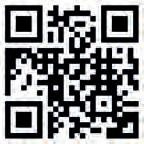
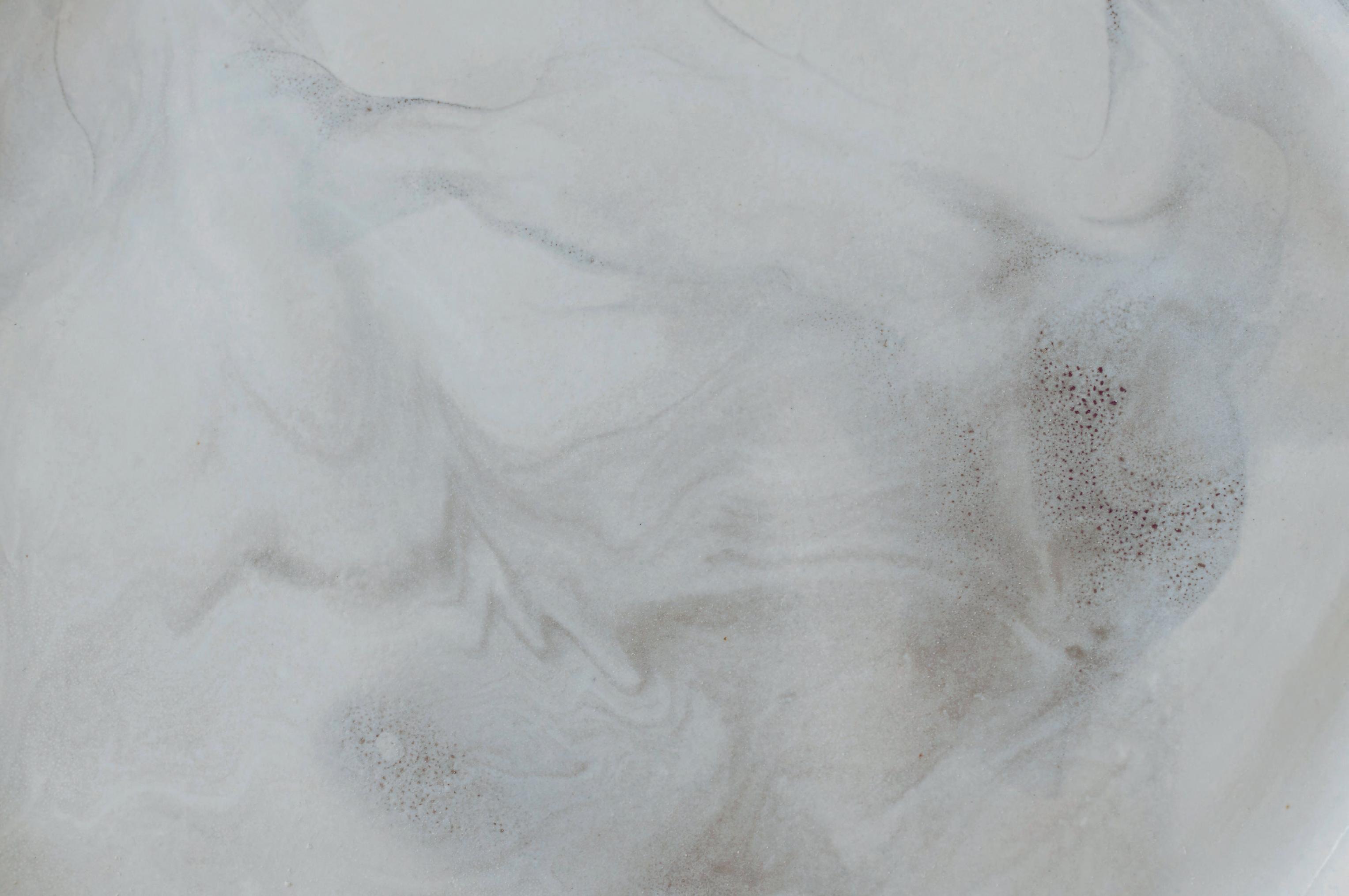

PICK UP ALL YOUR OUTDOOR LIVING ESSENTIALS AT WANNEMAKER’S!
From the fresh shipments in our fully stocked nursery and greenhouse, to our huge outdoor living selection, there’s so much to explore.

FOR YOUR GARDEN
Trees, shrubs, annuals, perennials, roses, and more.

FOR YOUR PATIO
Patio furniture, fire tables, umbrellas, hammocks, and replacement cushions.

FOR YOUR GRILL
Premium grills, plus accessories, rubs, and sauces.

FOR YOUR OUTDOOR OASIS
Fountains, pottery, trellises, garden statues, and more.
















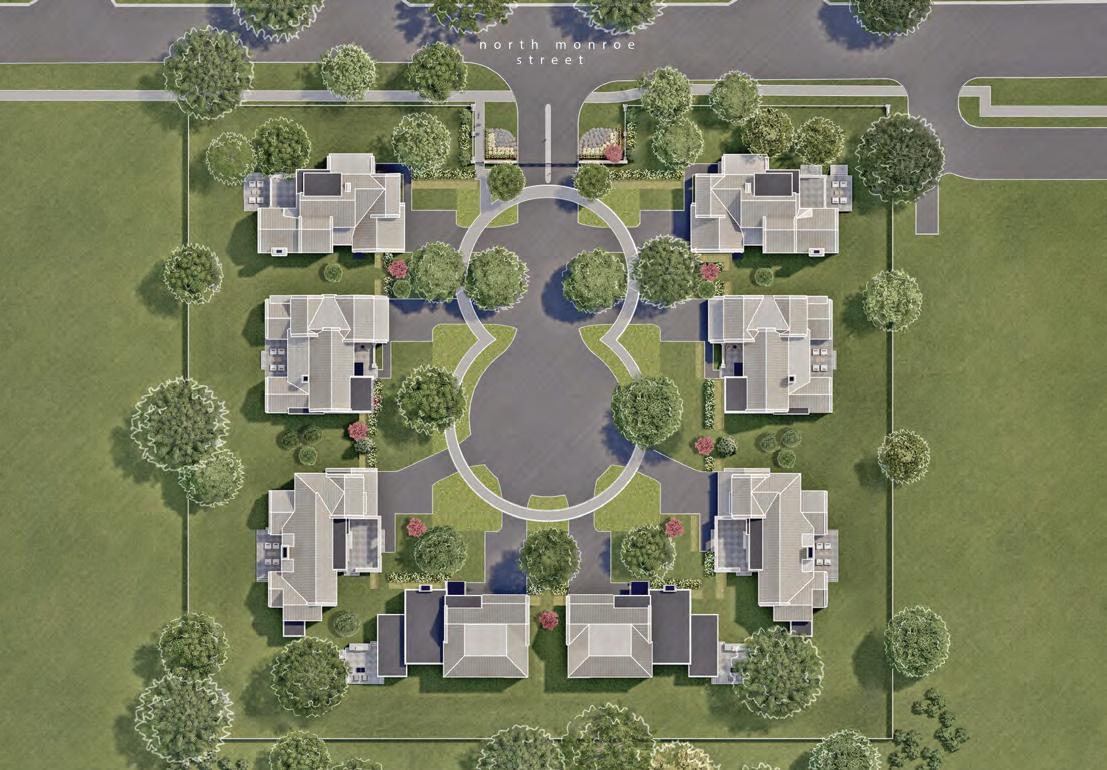
Having a wealth of experience in building and construction management, we can tackle small extensions to large new build projects. We are happy working with both traditional building materials as well as new construction methods, always looking to utilize the latest products for our clients that are both cost effective and efficient.
The quality of our workmanship and customer service is without compromise. In addition to our in house skills, we have a network of first-rate contractors and professionals who have assisted us with incredible results.
If required, we can provide you with assistance with architects, planning, structural engineers, costing and project management.
MK enjoys the privilege of drawing from an elite network within the trades. We have cultivated many of these partnerships over the years, so we know how to find the best fit for each project. Our challenging designs, efficient job sites and impartial treatment attract a wide range of talented professionals.
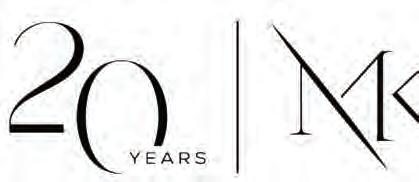

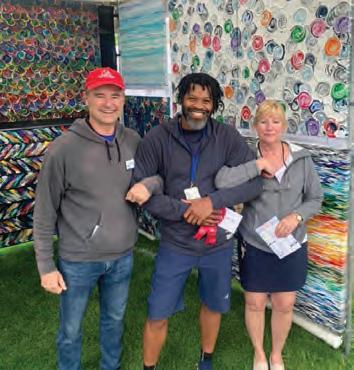
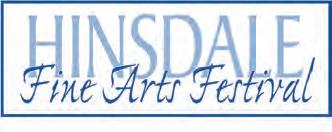
June 7th & 8th 10am – 4pm
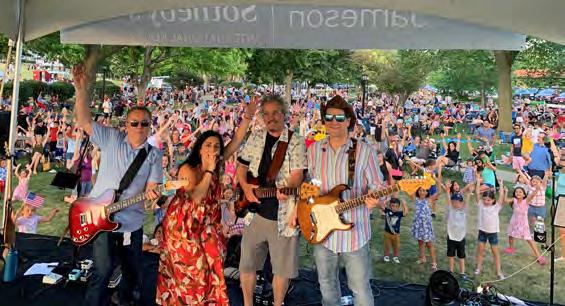

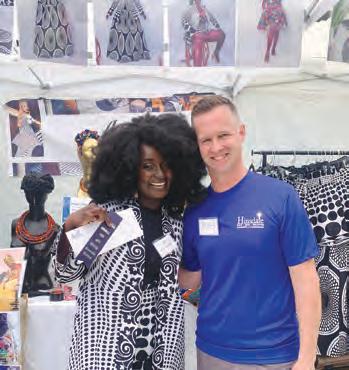
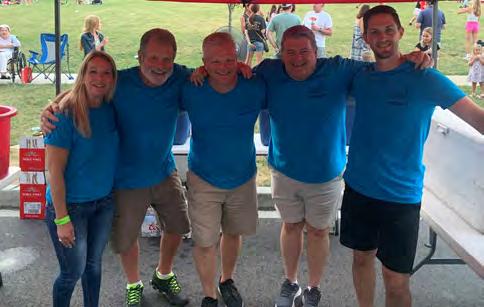
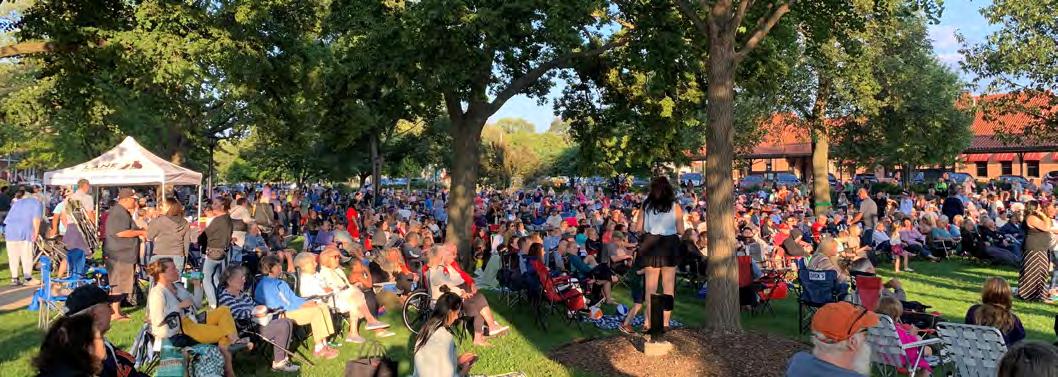
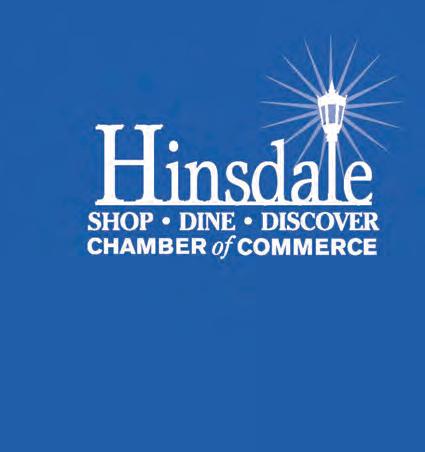
June 12th – August 21st No July 3rd event Thursday’s 6-9pm
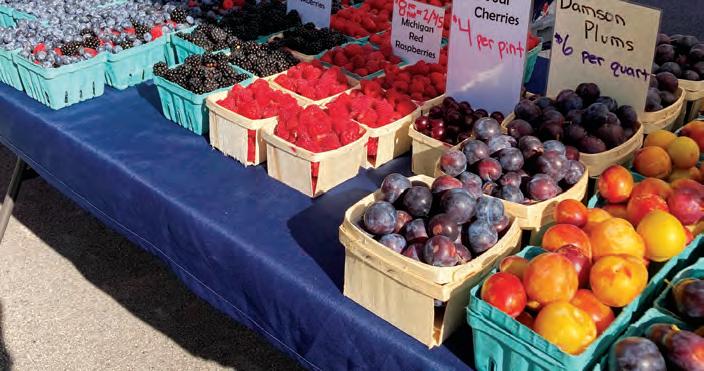
June 16th – October 13th Mondays 7am – 1pm


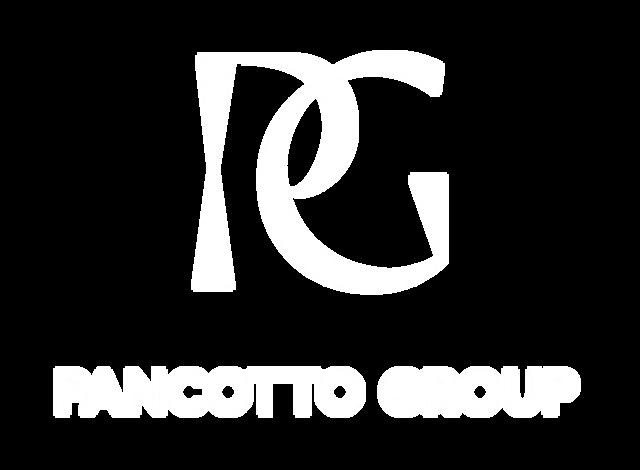

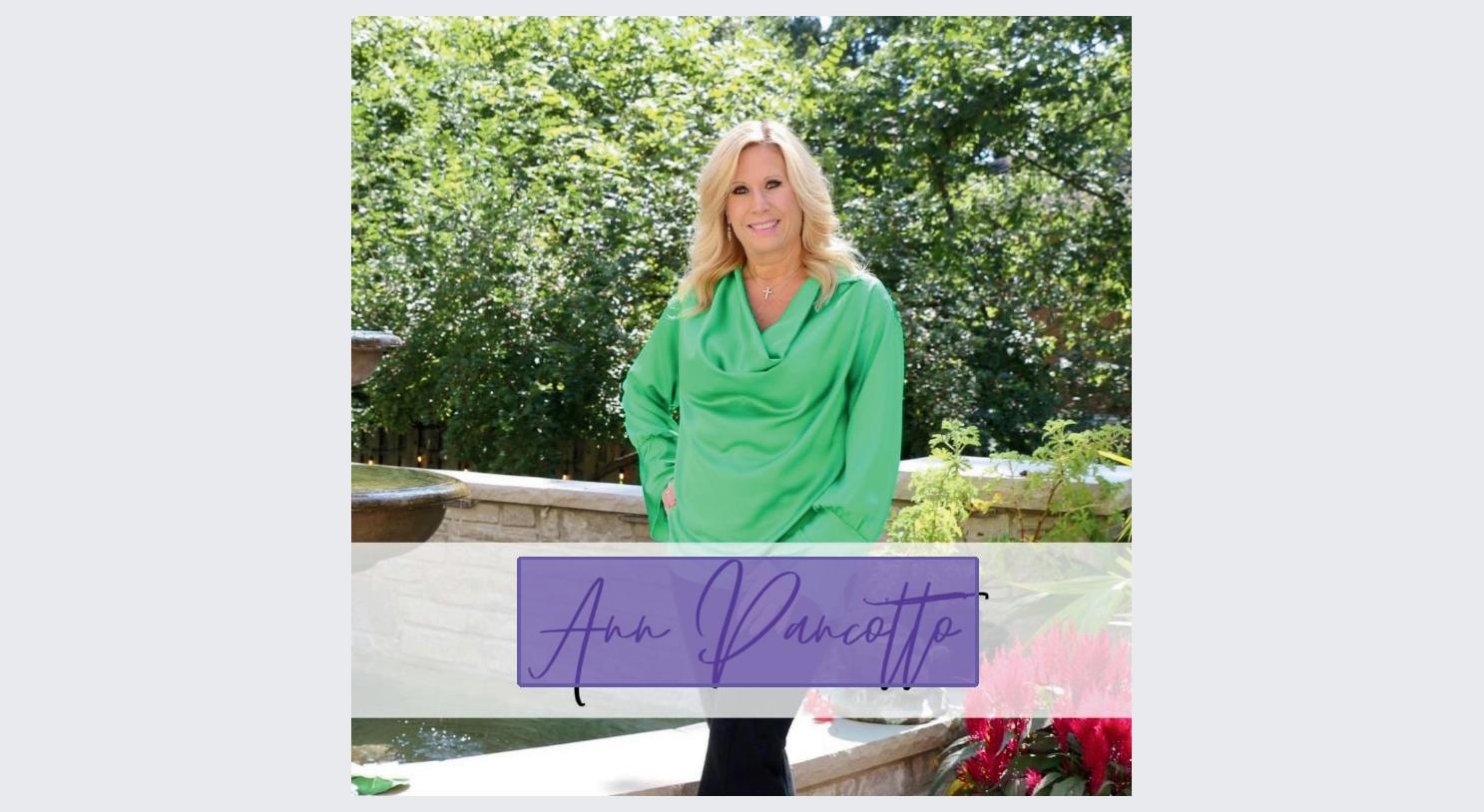
BY ANNA HUGHES
Isa Ibrahim and Anthony Barakat are natural problem solvers.
It’s part of what drew them to Hinsdale Central’s Model UN team during their freshman year. It’s also what inspired them, at just 15 years old, to launch a conference of their own.
“I felt overwhelmed as a freshman at Hinsdale Central High School coming back from my first conference, not realizing that others had prior experience,” Ibrahim said. “The natural solution that came to mind was to help others.”
The idea for the DuPage Model United Nations (DUMUN) conference started as a conversation between Ibrahim and his family at the dinner table in August 2024. By September, Ibrahim had recruited his friend, sophomore Anthony Barakat, to bring this idea to life. The two, driven by their shared goals, worked tirelessly to assemble a leadership team, build interest and momentum, and gain official state registration and not-for-profit status for their group. Now, DUMUN has over 20 members who hosted their first ever conference at Hinsdale South High School on April 27.
“It started out as a curiosity, and ended up turning into a passion,” Ibrahim said. “I knew that I wanted to be a part of something bigger than myself.”
Model UN is a simulation of the United Nations; students—known as delegates—represent countries to debate global issues ranging from humanitarian aid to cybersecurity. Delegates work together to find collaborative resolutions to real-world crises. It requires negotiation, public
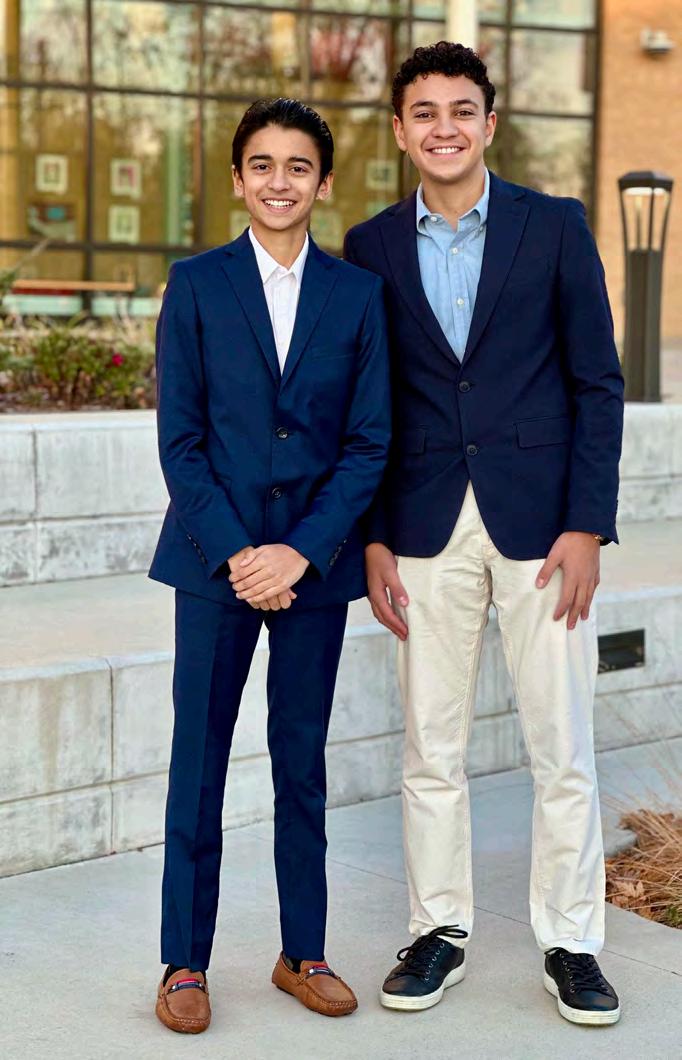
speaking, and leadership skills, along with impressive knowledge of international politics. DUMUN’s conference is an opportunity for students in grades seven to 12 to familiarize themselves with Model
UN, regardless of prior experience.
“DUMUN provides an invaluable insight into how the local to global issues impact you personally and how they are dealt with,” Ibrahim said.

Our mission is to change the financial trajectory of our agent’s and brokers’ careers and sometimes their lives.
Chicago is part of the largest fully integrated network of real estate and auction professionals in the nation. The company has been an innovator in real estate marketing since 1925. United’s management team knows the needs of agents in urban and metropolitan markets. We address those needs by providing powerful marketing programs along with technology-based services that are unique to the industry. We are excited to serve you at our new Oak Brook location!
Contact us at 630-748-4660 or www.unitedrealestatechicago.com
1600 16th Street, Ste. #7 Oak Brook, IL 60523
Managing Broker: Rick Williams@UnitedREchicago.com
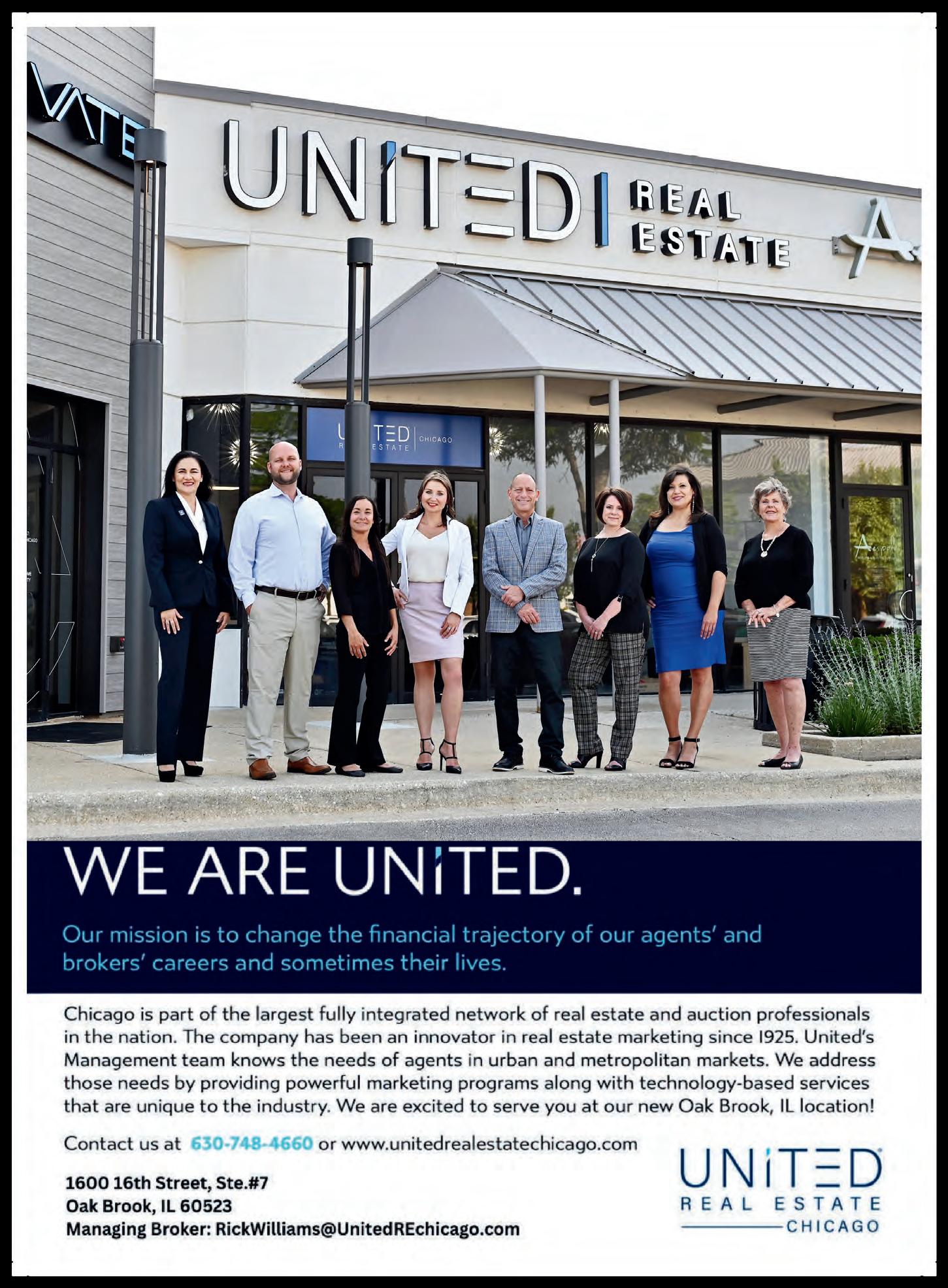
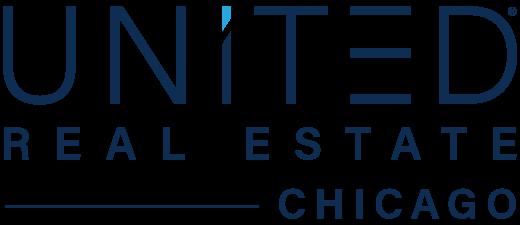
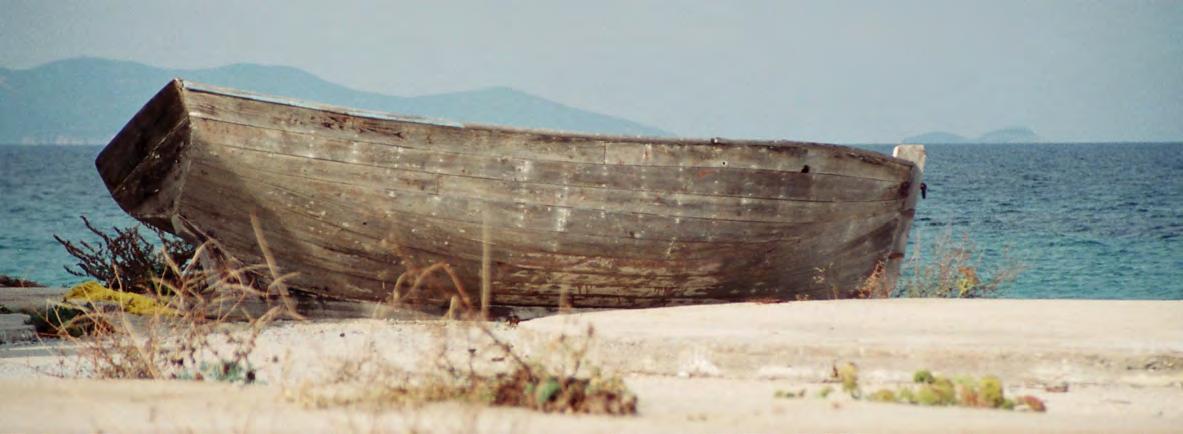
Clarendon Hills resident shares late father’s message of hope, living life to the fullest
BY ANNA HUGHES | PHOTOS COURTESY OF MOLLY SOLIK
At 24, Molly Solik felt lost. She was working a lowpaying job she didn’t enjoy, coming home to an apartment that didn’t feel like home. Like many in their mid-20s, she was struggling to find her purpose.
Then everything changed.
One day, her father, Jerry Friedberg, sat her down and shared that he had just been diagnosed with amyotrophic lateral sclerosis (ALS), also known as Lou Gehrig’s disease. The news was shocking and devastating. As an only child of divorced parents, Solik suddenly found herself preparing to be her father’s primary caregiver.
“Maybe I had heard of the disease, but I ignorantly didn’t know anything,” Solik recalled. “I just slowly started to do research. And, you know, stupidly, I thought money could fix it…and that everything would be okay, and it just didn’t work out that way.”
Both Solik and her dad knew that it wouldn’t be long before the disease began to take its toll in irreparable ways. So, they decided the best option for the time being was to live life as fully as possible. For Friedberg, this
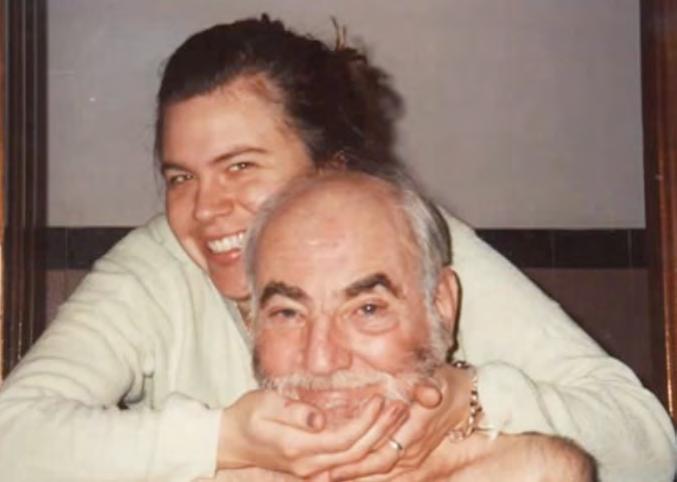
meant traveling the world.
“His phrase was to always hit the road. He always wanted to hit the road and travel,” Solik said. “I didn’t realize it was going to be four years long!”
They started with a two-year road trip across the country, driving from state to state and visiting new places and friends along the way. During this time, Friedberg documented their
travels—and his battle with ALS—by taking thousands of pictures on his 35 mm cameras.
“We did come home for a few months so that we could literally do laundry, develop the pictures, go through the pictures, pay some bills, repack,” Solik said. “And then we hit the road. We left the country for two years, and then we spent a month in every country that we visited.”
As the trip progressed, so did Friedberg’s disease. He was unable to operate most of his body without assistance, and he required full-time care from his daughter and an additional hired caretaker. Still, Solik recalled, his brain was perfectly sharp, and he wanted to optimize his experiences in any way he could for as long as possible—even if it required extra work.
“[We were] somewhere in Mexico, and he wanted to climb up a ruin, so we had to carry his wheelchair up like the


side of a ruin,” Solik laughed. “You can’t really say much when you’re taking care of someone that’s dying. You really can’t complain about it.”
They cherished every day—spending nights in the Sahara desert, flying in a three-seater plane in Belize, admiring Grecian architecture, and even enduring a stressful encounter with the Mexican military. The trip had reached its end when Friedberg required oxygen full-time. The two returned to Hinsdale with over 15,000 photos documenting their lifechanging journey.
“Shortly after [his diagnosis], he went to College of DuPage and signed up for a photography class. I don’t know if it was something he had been thinking about,” Solik said of his dedication to the photos. “I don’t know why being there wasn’t enough. Because we had traveled a lot before this, and there was never a camera. It was my mom that always had a camera. So I’m not sure. So, I wish I could ask.”

Friedberg was housebound during his final year, and Solik was by his side until his last day. That day—Father’s Day of 2002—Friedberg made his last photo album, one of 45 that Solik has today. The albums showcase delicious food, ancient artifacts, wild animals, and stunning scenery; more importantly, however, they represent an unconditional love between father and daughter.
“It’s crazy that it’s 23 years, but it still sometimes feels like yesterday,” Solik said. “He never met my second life, my husband, my kids, you know, the wedding, that kind of stuff… It’s so much energy to miss him, but yet I never want to stop.”
Solik keeps his memory alive by sharing these photos in any way she can. She’s showcased them at local art fairs and libraries, hoping to share their message to as many people as possible. One day, she dreams of displaying the photos in hospitals and doctors offices—places where people might need hope the most.

“My ultimate goal would be to make a coffee table book and call it, ‘When Life Gives You Lemons, Take Pictures,’” Solik said.
It’s a message she takes with her every day and one that’s carried her through years of grief. When she looks back at the photos, she’s reminded of her dad: his resilience, his kindness, his generosity, and his unwavering commitment to capturing all the beautiful moments life has to offer.
May is ALS Awareness Month. For more information, visit ALS.org. ■
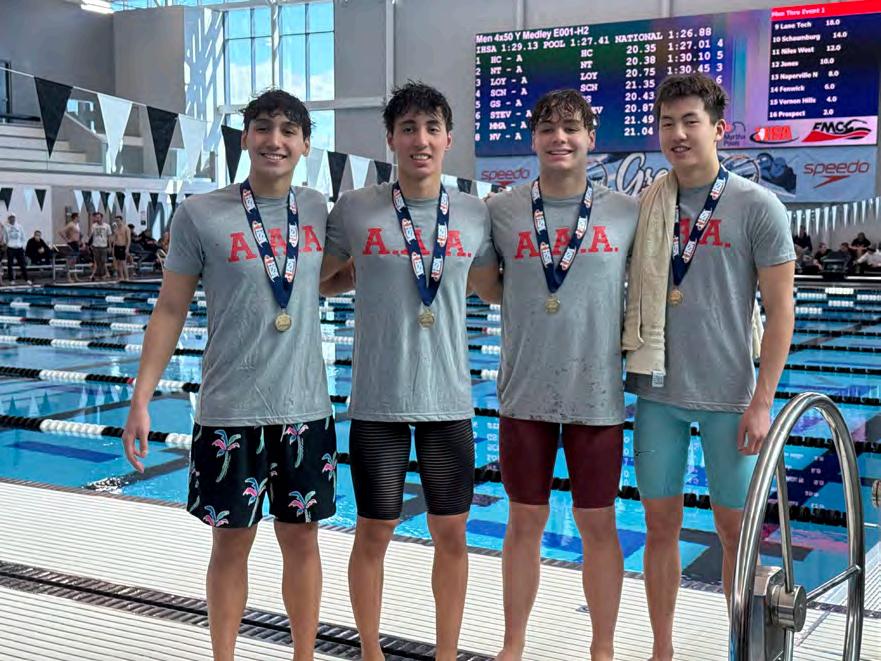
Hinsdale Central breaks national record at the state meet
BY JEFF VORVA
Henry Guo had his doubts. The Hinsdale Central senior swimmer and his pals were discussing the possibility of breaking a national record in the 200-yard medley relay event at the Illinois High School Association state meet.
Carmel High School in Indiana owned the mark of 1 minute 26.88 seconds, which it set in 2022. On February 28, the Red Devils were ready to hit the pool in the state preliminaries with the record in mind, even though Guo, a Penn commit, wasn’t convinced.
“I was a little apprehensive about going into this meet and breaking a national record,” he said. “It seemed like all the odds were stacked against us. Theoretically, it was possible, but
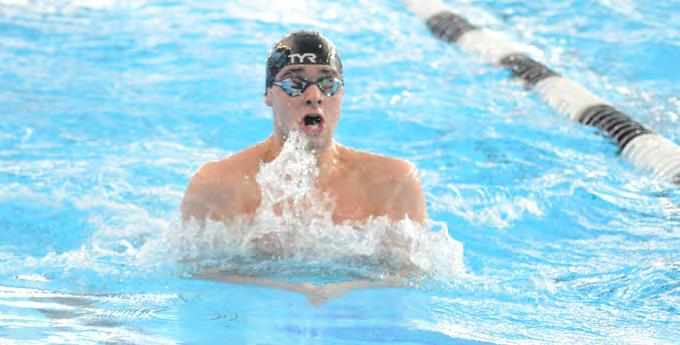
everyone would have to have an ideal swim.”
Guess what? Much to Guo’s pleasure, everybody DID have an ideal swim.
From sophomore Luke Vatev in the backstroke to senior Josh Bey in the breaststroke to Guo in the butterfly to junior Matthew Vatev in the freestyle – they all swam out of their minds, and the Red Devils clocked in at a speedy 1:26.75 at the FMC
New for 2025:
• Aqua climbing wall
• Expanding seating and sunbathing area
• New food options plus specialty themed meals and drinks at our Pool Café
Back by Popular Demand:
• Exciting events including Movie Nights, Luau Day, Tie Dye Day and Swim & Save with Wintrust Bank
• Pool Obstacle Course

• British Swim School with professional swim lesson instruction
• Swim Team
• Fluid Running NO initiation fee NO tennis court fee


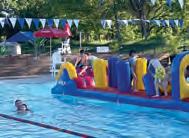
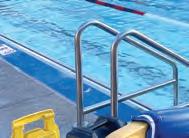
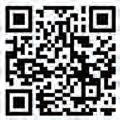
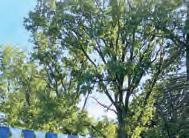
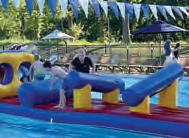
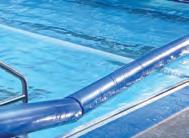
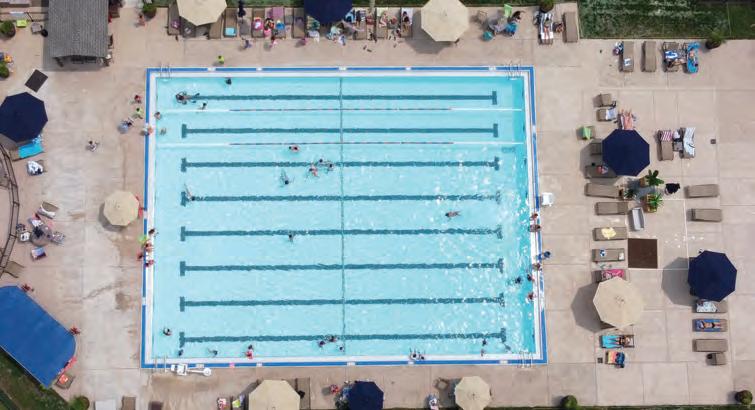


• High caliber tennis instruction for both adults & children by professional Ryan Rader

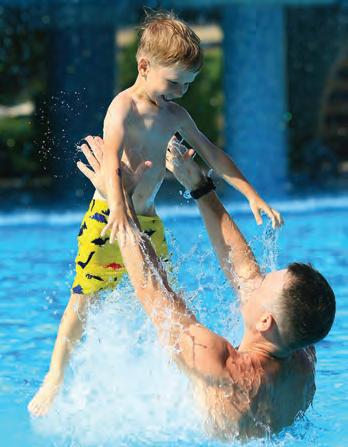
• Weekly drills
• Social Events
• Nike Tennis Camps
• Tennis Only Memberships available


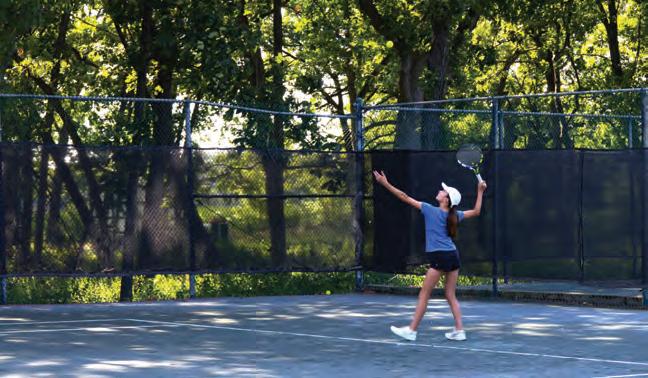






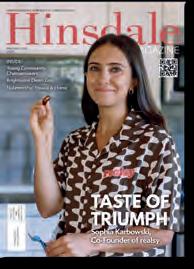
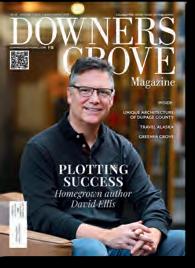
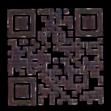
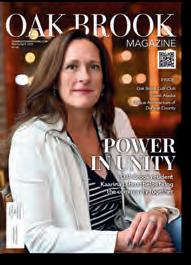
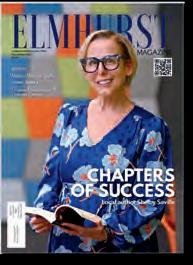
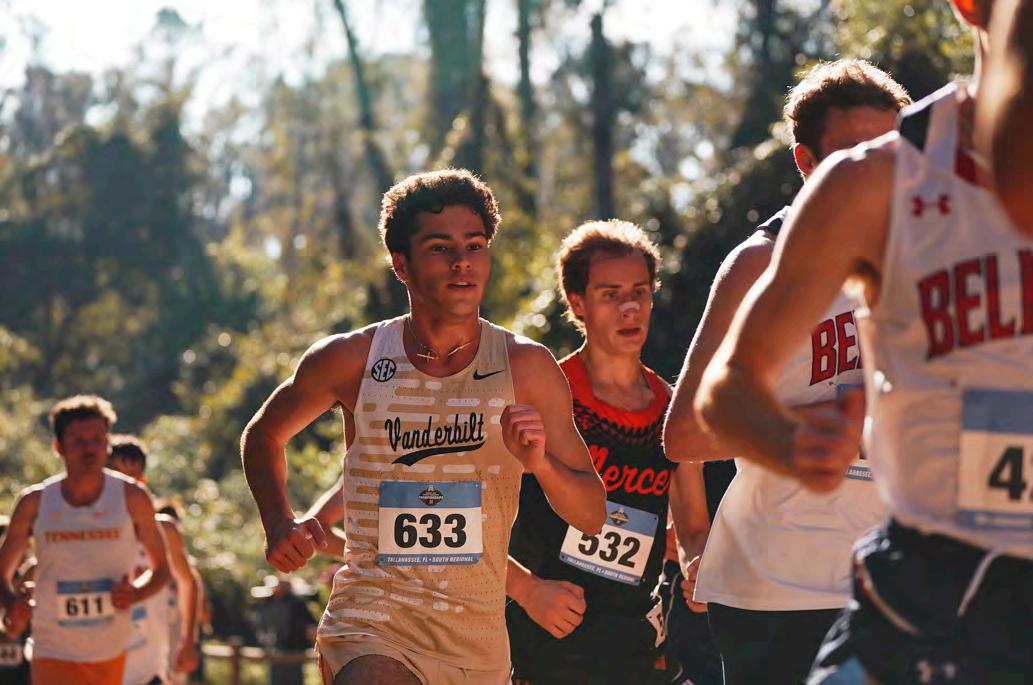
‘Absolutely terrible’ runner as a high school freshman turning in big-time times in college
BY JEFF VORVA | PHOTOS COURTESY OF VANDERBILT UNIVERSITY
Michael Skora won the first race he was ever involved in –a cross-country competition in sixth grade.
In college, on February 14, he broke the four-minute mile barrier.
In between those two fetes? Well, that’s a running adventure that featured ups and downs, and a couple of times, he gave up running only to come back to it.
The Clarendon Hills native and Hinsdale Central graduate did not build on his first-race success in sixth grade and gave it up in seventh grade. His brother, Daniel, convinced him to
give it another try in high school, and Daniel talked him up to the Red Devils cross-country coaching staff. At the time, it proved to be an oversell.
“It’s nice to work toward something, and it keeps you disciplined.”
– MICHAEL SKORA ON RUNNING
“The first run in high school was at practice, and it was 2 ½ miles,” Michael said. “I walked through a part of the race, and I was exhausted. I was absolutely terrible.”
Skora’s freshman year saw him top
out of 5:51 in the mile, and assistant coach Noah Lawrence said he was the 26th-best freshman on a team with 29 freshmen.
Skora’s sophomore year featured injuries as he suffered stress fractures in both knees, and he decided to give up running for the second time.
“I didn’t have a lot of mental fortitude back then,” he said. “I quit running and didn’t do anything for the next six months.”
But the sport called him back, and he got better.
“I became obsessed with running for a while,” Skora said. “That may not have been the best thing, but it got me to good places.”
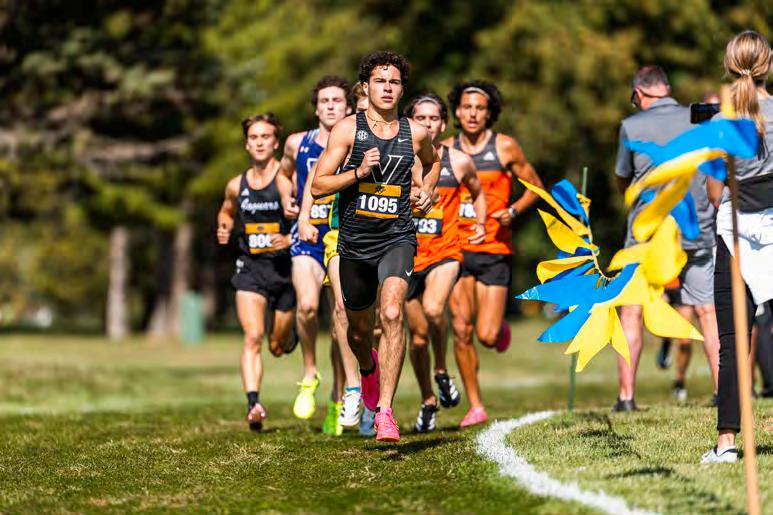
After wrestling with his college future, he graduated from Central in 2023, went to Indiana for a semester, and then went to Vanderbilt and joined the track program for the 2024 season.
The school does not have a full men’s program, but he is enjoying success there by setting the Commodores’ record in the 800-meter event (1:49.76 in 2024) and 1500-meter run (3:44.16 in April), which was a 39-year-old record. But the big feather in his cap came on Valentine’s Day when he competed in the mile event at the Music City Challenge when he ran the mile in 3:59.36 at the indoor track at Vanderbilt.
He went into the race with a personal record of 4:07 so he knew breaking the mark would not be easy.
“I thought I could run faster than that, but it was still a big gap,” Skora said. “I thought I had a chance to do it, but it could have been delusional on my
part. But I had confidence in myself, and it was the goal going in. It was the last opportunity of the season to do it.”
The outdoor season does not offer the mile, so this was it.
“I was definitely nervous going in,” Skora said. “But everything I did beforehand – all the preparation -- was perfect.”
But the opening of the race was far from perfect.
“I got out pretty good start, but then I got tripped up, and I was in the back,” he said. “I stayed there for 800 meters and made a big move halfway through the race. It might not have been the smartest thing to do because I wasted a lot of energy. I went from last to fifth in one lap. But mentally, I kind of needed that because I could be near the front and be competitive.” He finished third in the race but at
one point had thoughts of winning it. “The last 100, I tried to go outside and pass the guys and tried to win the race,” he said. “But I did not have enough in my legs at that point to get the win.”
But beating the four-minute mark was still in play.
“I looked out of the corner of my eye and saw 3:59 when I crossed the line,” he said. “There is a delay in seeing the times. I saw the first-place time, and it was like a 3:58.9. I was like, ‘yeah!’ because I thought I was a second behind him, so I was pretty sure I had it. But it was still great seeing it go up there on the screen. It was exciting. It’s something that a couple of years ago, I never could have thought I would ever see a time like that.”
He still has a lot of running ahead of him at Vanderbilt. And he sometimes has mixed feelings about running. “It’s hard a lot of the time,” Skor admits. “Sometimes I question why I do it. It sucks in the wintertime when it’s 20 degrees out, and it’s 6:30 a.m., and it’s dark out. Sometimes I think, ‘I really wish I didn’t run.”’
But in the end, he’s glad he did.

“It’s nice to work toward something, and it keeps you disciplined,” he said. “I thought about what I would do without running… it’s fulfilling, and it gives you something to work toward. I feel like I have something that I can really be good at. You put so much time and effort into it, and it’s easy to see where the fruits of your labor are going. You see the results. That’s really fun for me.” ■

BY ANNA HUGHES
For the past seven years, Principal Kristin Cummings has been the fearless leader of Prospect Elementary School in Clarendon Hills, leading with passion, dedication, and an unwavering commitment to student success and growth.
Her relentless pursuit of excellence for Prospect students and families has earned her a spot as a finalist for the prestigious 2025 Golden Apple Award for Excellence in Leadership —she’s one of six chosen among 85 nominees statewide. According to the Golden Apple Foundation, this award honors exemplary performance in school leadership by a principal or head of school who has had a significant and sustained positive impact on the school, created a culture of inclusivity, and delivered dramatic student growth.
“Being a finalist for the Golden Apple Award is an incredible honor and a deeply meaningful recognition of my dedication to education and school leadership,” Cummings said. “It validates the hard work and commitment I have invested in creating a positive and impactful learning environment for students, staff, and the broader school community.”
Cummings, who grew up in Naperville, recalls being guided by many exceptional teachers who ignited her passion for education and eventually inspired her to pursue a career in teaching. Now, with 27 years of experience under her belt, she offers valuable insight to current and future educators on how to create a powerful impact both inside and outside of the classroom.
“To all educators and those embarking on this rewarding journey, I encourage you to lead with deep passion, a clear sense of purpose, and a focus on your students’ needs,” Cummings said. “Education thrives on relationships. By creating a nurturing environment where every child feels valued and supported, we foster their growth and well-being.”
In her role as principal, Cummings guides her colleagues in a collaborative environment, focused on creating meaningful learning experiences to promote continued student success. She said that this nomination is a recognition of the combined efforts of her entire staff, whose dedication and passion contribute to the success of the school.
“We are incredibly proud of Principal Cummings and all that she has accomplished at Prospect School,” Dr. Hector Garcia, Superintendent of Community Consolidated School District 181, said. “Her dedication to fostering a positive learning environment where every student can thrive is commendable. This recognition is a testament to her hard work, leadership, and commitment to excellence.”
Cummings said being named a finalist for this award reinforces her commitment to fostering excellence in education and inspires her to continue making a lasting difference in the lives of students.
“The work [educators] do is not just a profession; it shapes the future,” Cummings said. “By committing ourselves to excellence, compassion, and innovation, we can profoundly impact the lives of our students and the communities we serve.”
The Golden Apple Award recipients receive a cash award of $10,000, with $5,000 for the school leader and $5,000 for the school for a project of the recipient’s choosing. ■

abilities. His plane, which flew the farthest, secured victory and foreshadowed his future success.
His passion for creation and mechanical understanding was evident in all areas of his life. He won a statewide art-science competition and then, to the surprise of many, declared his ambition to become a surgeon.
Driven by his ambition to pursue education in the United States, Byun’s family relocated to Southern California during his formative years. His early experiences in America were deeply influenced by his parents’ rich cultural heritage and the vibrant diversity of California. He was raised with a profound respect for education and an unwavering work ethic, values instilled by his
Your skin is most valuable to you and only you. Don’t take it for granted.
- DR. MICHAEL BYUN
father’s exemplary dedication and his mother’s intellectual curiosity.
HOW THE BYUN LIFT WAS CREATED Byun’s pursuit of excellence led him to Northwestern University, renowned for its intensely competitive plastic surgery program. He distinguished himself rapidly, rising to the top of his residency and securing the university’s inaugural interfrated plastic surgery fellowship. His exceptional performance earned
him the privilege of training under the esteemed ‘Holy Trinity’ of Northwestern Plastic Surgery: Dr. B. Herold ‘Hal’ Griffith, Dr. Peter McKinney, and Dr. Victor L. Lewis.
“After my 11 years spent at Northwestern for Medical School, I was able to form very close relationships with my professors. Shortly after starting independently, I inherited three of my professor’s caseloads. I hate to say it, but I didn’t like any of their long-term results and knew in my heart and mind that the traditional techniques were flawed.”
Byun recognized from the outset that true facial rejuvenation began with addressing the underlying muscle structure. He knew there had to be a more physiologically sound and effective approach to improve facial rejuvenation. Through extensive research and meticulous study, Byun developed his own facial rejuvenation technique, The Byun Lift – an approach to fix the problem by reverse-engineering the aging process, using an endoscope to see underneath the face. The detail and focus enable the restoration and preservation of one’s natural features. This method has consistently delivered proven, long-lasting results.
He emphasizes the fundamental role of gravity, stating, “Gravity affects all bodies, including the face. Over time, facial muscles descend.” His innovative approach focuses on restoring these muscles to their original midline positions, allowing for a natural realignment of facial features. This ‘reverse facelift’ technique, as Byun calls it, aims to reverse the effects of aging and/or correct prior surgical interventions. He advocates for this method to become the ‘new standard’ in cosmetic facial surgery.
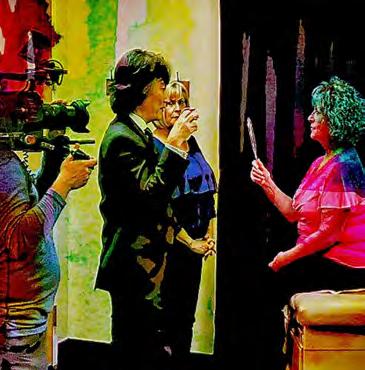
skin outward, widening the face. Your skin is uniquely yours and incredibly precious. It’s crucial not to underestimate its importance.
Byun’s philosophy is rooted in creating results that stand the test of time. His approach contrasts sharply with the quick-fix mentality that dominates the cosmetic surgery industry. Many surgeons promise immediate results but
Byun views the facial muscles as interlocking puzzle pieces. His technique focuses on precisely repositioning these muscles back into their original anatomical pockets. This restoration naturally contours the face, eliminating the need for excessive skin removal. The skin drapes smoothly by aligning the muscles along their natural convexity towards the midline, revealing beautifully restored muscle contours.
In some cases, previous procedures may have removed too much skin, which is essential for this natural draping process. Byun warns his patients of this through education. In cases where a patient has had multiple prior facelifts, it could end up that there’s not enough skin left to achieve an optimal outcome; you can’t just create new skin. Be wary of surgeons who essentially discarded valuable tissue – by cutting it away and pulling the remaining
What troubled me was the accelerated aging I observed in patients who had undergone traditional cosmetic procedures. The long-term effects of fat grafts, fillers, and skin-tightening devices were often detrimental; moreover, the crucial issue of sagging facial muscles was consistently overlooked.
– DR. MICHAEL BYUN
fail to consider the long-term effects of repeated procedures. His extensive experience spans diverse patient demographics worldwide, including individuals from every continent. Through years of meticulous monitoring and personalized adjustments, he has consistently learned and refined his techniques with each patient. This method promotes natural, graceful aging, allowing patients to retain their inherent beauty. Byun’s singular technique draws patients globally, as no other surgeon offers this level of expertise.
Byun’s work reflects his Eastern and Western influences and his early bicultural household, giving him a unique perspective on beauty, balance, and harmony. As he continues to explore creative outlets, he still believes the principles of art (balance, proportion, and harmony) are deeply connected to plastic surgery.
Having a air for art and

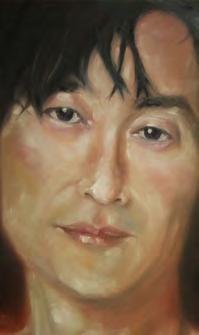


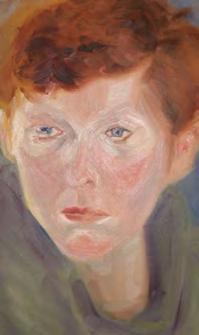



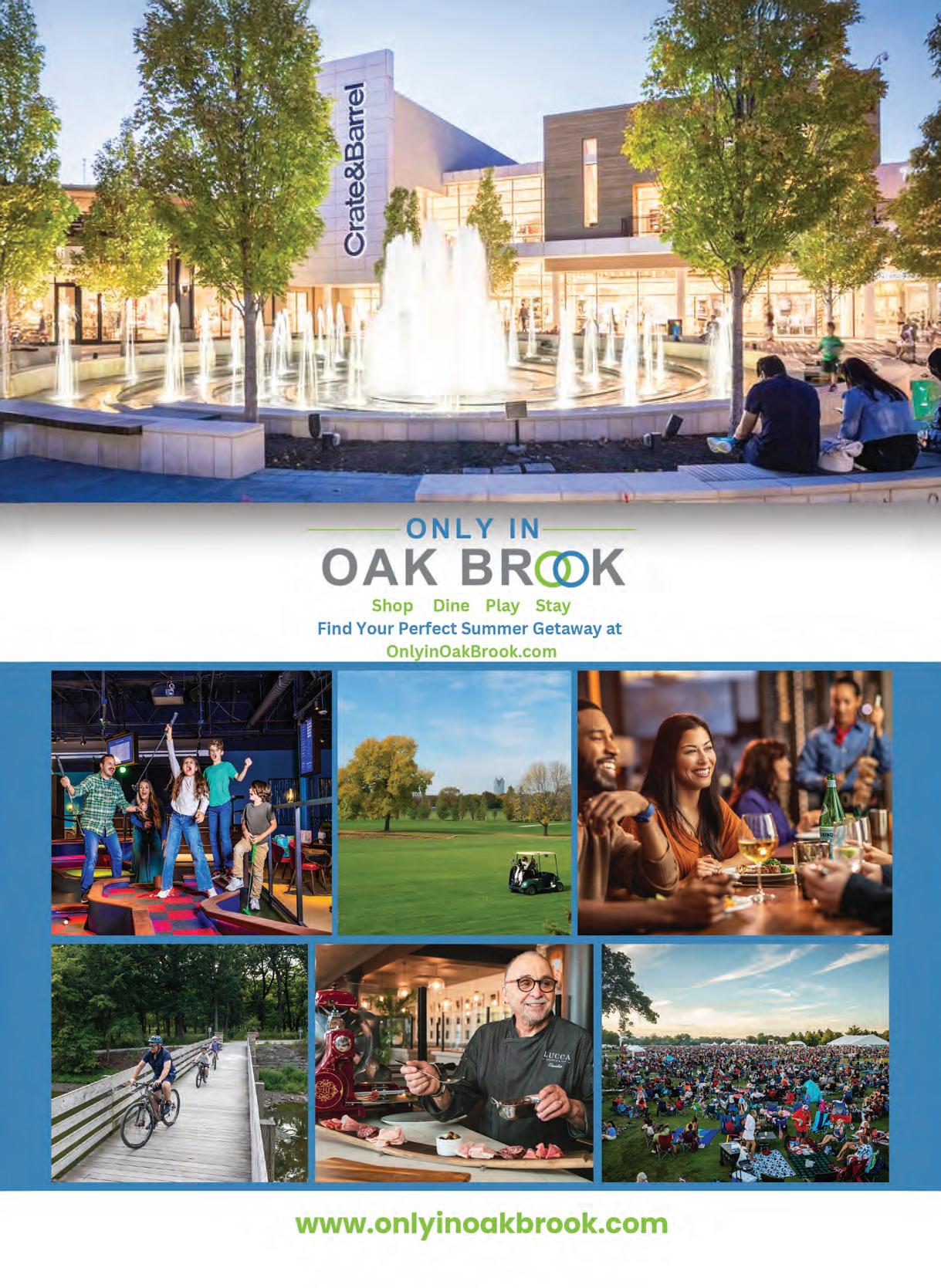

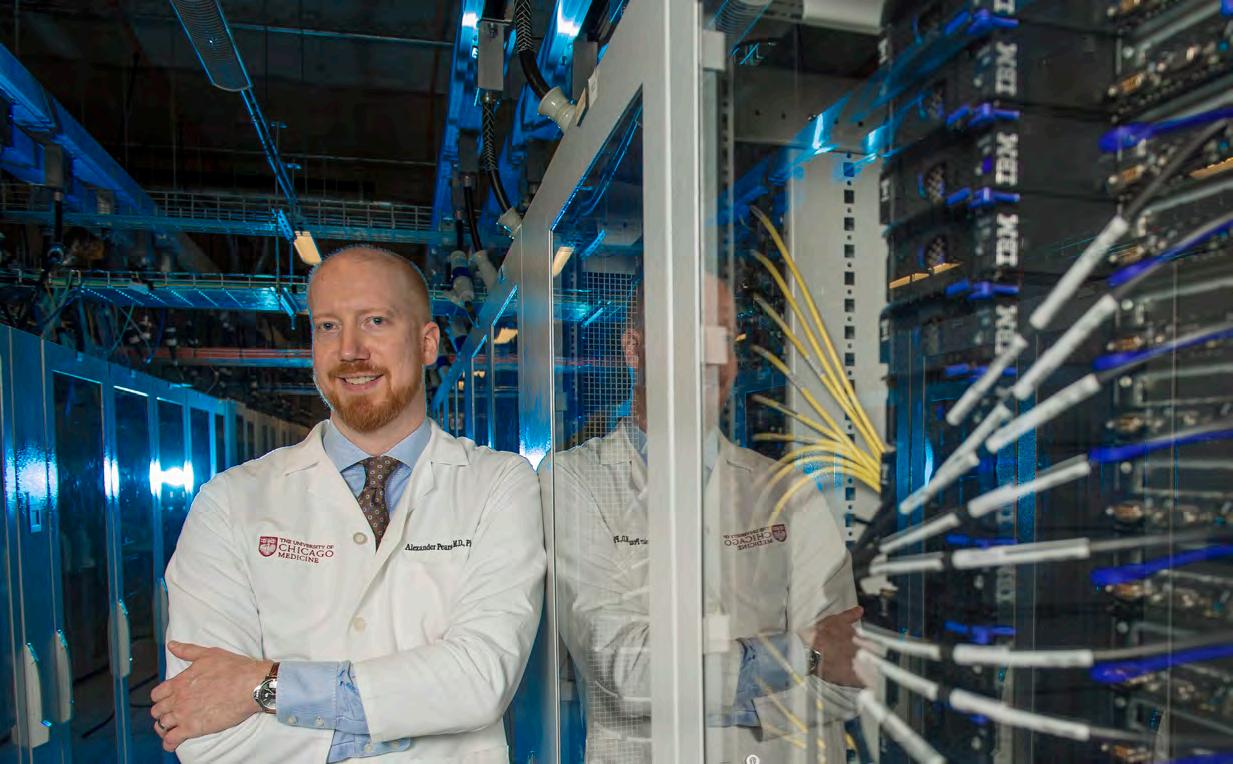
Medical training programs and practices in Illinois are on the cutting edge when it comes to considering how artificial intelligence (AI) can enhance patient care and physician functionality. For example, the University of Illinois at Urbana-Champaign’s Department of Bioengineering was the first to offer an AI in Medicine Certificate Program for healthcare professionals.
This six-week continuing education program provided physicians, medical students, and other clinicians with information about the latest in digital medicine and practical applications for it via case studies involving machine learning. Additionally, the course addressed ethical and legal considerations related to the use of AI in clinical settings.
Likewise, while University of Chicago (UChicago) medical faculty and students are not formally trained in the use of AI for clinical purposes, “there are frequent seminars, grand rounds, and journal clubs addressing AI’s role in medicine,” explained Dr. David Beiser, an emergency physician, clinical scientist and informaticist, and Associate Professor of Medicine at UChicago.
BY VALERIE HARDY
“Because the [AI in Medicine] field is still young, structured training programs are just beginning to emerge – but there’s strong interest and growing engagement at all levels,” Beiser added.
Fellow physician Dr. Alexander Pearson, who holds an MD, a PhD in statistics, and is an Associate Professor of Medicine specializing in hematology and oncology, is working to expand the machine learning and data science curriculum at UChicago’s Pritzker School of Medicine. He also runs the Center for Computational Medicine and Clinical Artificial Intelligence.
Pearson said that he is frequently asked when AI is going to arrive within the medical field, and his prognosis is that “it’s already here, and its capabilities are only increasing.”
An early use of AI in medicine is in mammography, with most mammograms in the United States having a “computer-assisted diagnostic component,” explained Pearson. He further noted how AI can help radiologists complete diagnostic tasks more cost-effectively, efficiently, and accurately.
Documentation is another area in which AI increases physician
efficiency and quality of patient care. Both Beiser and Pearson now use ambient notetaking tools, which use AI to automatically transcribe and summarize conversations between healthcare providers and their patients, allowing them to look their patients in the eye rather than at the notes on their computer screen.
According to Beiser, AI is best used in the medical field when it “offload[s] the mundane and repetitive aspects of clinical work, allowing physicians to focus more on higher-level decision making, big-picture thinking, and building stronger connections with our patients.”
Ironically, AI may offer more empathetic responses to patients than human doctors can. This is because in busy clinical settings, doctors may tend toward “accurate but rushed” communication with patients, unintentionally forgetting to respond with compassionate language, Pearson said, while “large language models never have to get home to their kids,” so they can allocate unlimited time toward acknowledging patients’ symptoms and emotions.
Medical trainees also have access to “large language models, with huge amounts of data at the elbow to
Using the Advanced Photon Source, researchers are creating smart proteins to better monitor diseases like cancer and thyroid disorders
BY CONTRIBUTING PARTNER ARGONNE NATIONAL LABORATORY
Ateam led by Nobel Prize winner David Baker used artificial intelligence and the Advanced Photon Source to design proteins that sense key molecules in the body. This work could lead to easier and more accurate health monitoring, from cancer treatment to liver and thyroid testing.
Some of the most important molecules in our bodies—like those used in cancer treatments or
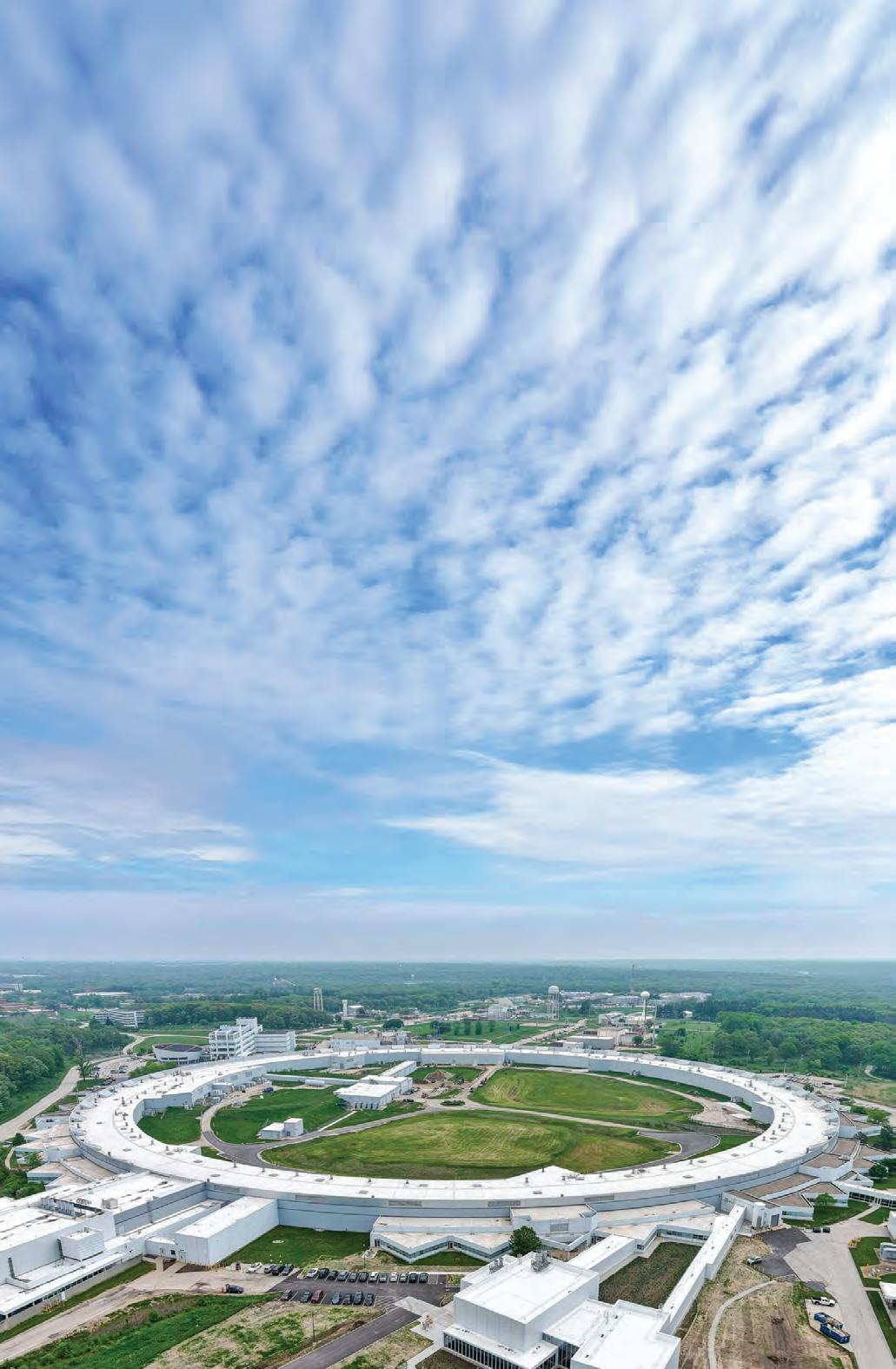
that signal thyroid issues—are tiny and hard to track. Scientists need tools to detect these “small molecules” quickly and reliably. That’s where a breakthrough from the University of Washington comes in.
Working with the U.S. Department of Energy’s (DOE) Argonne National Laboratory, a team led by Nobel Prize-winning scientist David Baker created proteins that can detect these small molecules in new ways. This work was
made possible by the powerful X-rays at the Advanced Photon Source (APS), a DOE Office of Science user facility at Argonne.
To develop these new protein sensors, the team used artificial intelligence. Their goal was to build proteins that could find and attach to small molecules—like methotrexate, a common cancer drug, or thyroxine, a hormone related to thyroid health. Once a protein finds one of these molecules, it sends out a signal, similar to how a COVID test changes color to show a positive result.
The APS was crucial in this process. After designing the proteins using computer models, the team used APS’s ultrabright X-rays to examine the actual shape of the proteins at the atomic level. This helped confirm that the designs worked in real life—not just in simulations.
“These X-rays help us see the exact structure of the proteins,” said Kay Perry, a scientist with the Northeastern Collaborative Access Team at the APS.
“It’s one of the best ways to make sure any computer predictions are accurate.”
“Smart” sensors are proteins that light up or block electrical signals whenever they detect certain molecules. These signals can then be measured easily, like flipping a switch when the right molecule is present. Previously, scientists needed to iteratively test through many trials when developing such a “smart” sensor. Baker’s work provides a pathway to faster and more accurate “smart” sensor design.
These sensors could one day be used at home to monitor health conditions like liver disease, cancer, or thyroid problems. Today’s tests often can’t tell the difference between similar molecules, but these new protein-based sensors are much more specific.
Beyond medicine, the team is also looking at ways to use the technology to detect pollutants like microplastics or harmful chemicals in the environment.
This work was supported by the DOE Office of Science. ■
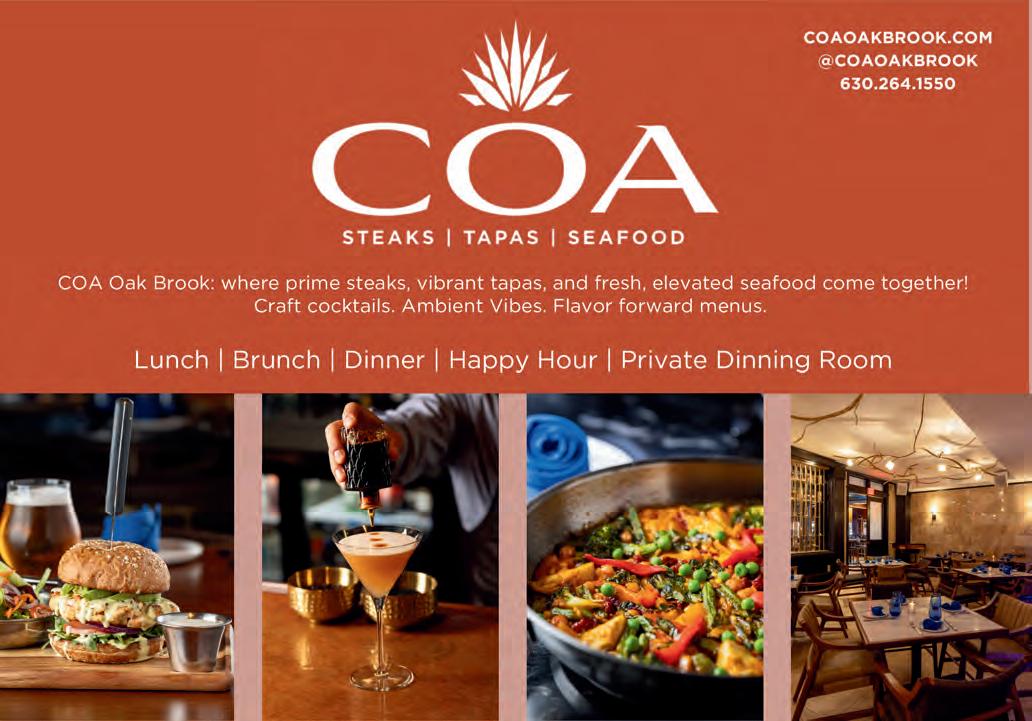

Welcome to NOTEWORTHY where we spotlight leaders in healthcare across various disciplines. In this issue, we celebrate the trailblazers who are not only advancing medical knowledge but also transforming patient care. With a commitment to innovation, compassion, and excellence, these distinguished professionals represent the heart of a dynamic industry dedicated to healing, discovery, and progress. Join Hinsdale Magazine Group as we explore their inspiring stories, exceptional achievements, and the latest advancements in the ever-evolving world of healthcare.
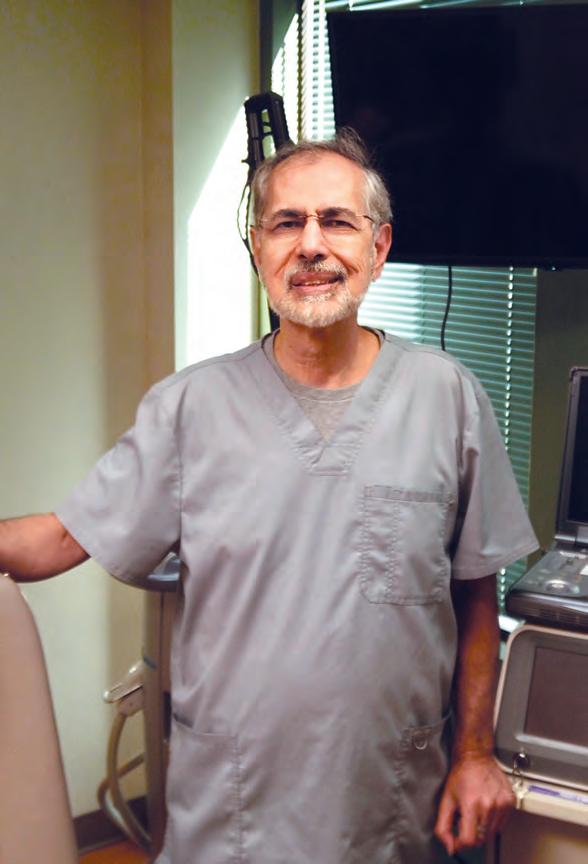
Hinsdale Magazine Group (HMG): People are increasingly concerned about the prevalence of varicose veins. How is your clinic addressing this issue through symptom awareness, treatment options, and prevention?
Jawdat Abboud, MD: At Charming Skin Vein Clinics, we specialize in diagnosing and treating varicose veins and related venous conditions with a patient-first mindset. Many people live with discomfort for too long without realizing help is available. Symptoms like aching, swelling, heaviness in the legs, and bulging blue or purple veins are signs that shouldn’t be ignored.
Our treatments are minimally invasive and include Endovenous Laser Treatment (EVLT), sclerotherapy, and, in more advanced cases, vein stripping and ligation. We use advanced diagnostic tools, like Doppler ultrasound, to ensure precision and effectiveness. We also emphasize education—helping patients understand how lifestyle changes, like staying active and wearing compression garments, can reduce symptoms or even prevent progression.
Our Oak Brook and Chicago locations offer convenience, and we work with many PPO insurances and Medicare to make treatment accessible. Ultimately, we want our patients not only to feel better but also to regain confidence in their appearance and mobility.
HMG: How do you distinguish your practice from other vein treatment providers in the area?
Dr. Abboud: With more than 30 years of medical experience, I bring a deep understanding of both the medical and cosmetic aspects of vein care. At Charming Skin Vein Clinics, we combine clinical expertise with the latest technology to deliver customized care. Our focus is always on the individual patient, and we strive to make treatment as effective and comfortable as possible. That personal approach, paired with our clinical capabilities, truly sets us apart.
HMG: What are the most common symptoms of varicose veins, and when should someone consider seeing a doctor?
Dr. Abboud: The most common symptoms include visibly twisted or bulging veins, especially on the legs, aching or heavy legs (often worse after standing or sitting for long periods), and swelling in the ankles or feet. Some patients experience burning, throbbing, cramping (especially at night), or itching around the affected area. In more advanced cases, the skin may become discolored, dry, or irritated.
You should seek medical care if you notice worsening pain, swelling, or skin changes—especially if ulcers or bleeding occur. Early intervention can prevent complications like blood clots or skin breakdown, and timely care significantly improves both comfort and outcomes.
Charming Skin Vein Clinics 2425 W 22nd St., Suite 103, Oak Brook, Illinois 630-974-1400 charmingskin.com
Hinsdale Magazine (HM): What motivates you to get up and go to work every day?
Dr. Beejal Amin: What motivates me daily as a neurosurgeon is the opportunity to change lives. Whether it’s helping a patient walk again, relieving debilitating pain, or giving someone hope where there was none, I find purpose in making a real difference. I’m also driven by the challenge—pushing the boundaries of what’s possible in spine care, integrating digital health and AI, and expanding access to specialized treatment. Knowing that my work impacts not only patients, but also the future of neurosurgery, keeps me inspired to keep going. I am also proud of my work helping to build one of the most comprehensive neuroscience programs in the Chicagoland area at UChicago Medicine AdventHealth.
HM: How do you build trust with your patients?
Dr. Amin: Building trust with my patients starts with communication, empathy, and a commitment to their well-being. I take the time to listen to their concerns, explain their condition and treatment options in a way they can understand, and ensure they feel heard and valued. Transparency is key—I provide honest, realistic expectations while also offering reassurance and support. I also prioritize accessibility and continuity of care, making sure my patients know they can rely on me and my team. Whether it’s through follow-ups, prompt responses to questions, or simply being present when they need reassurance. By consistently delivering high-quality care and treating each person with respect and dignity, I aim to create a foundation of trust that helps them feel confident and secure in their care.
HM: What role do you think artificial intelligence will play in the future of medicine?
Dr. Amin: AI is transforming medicine and neurosurgery, and I fully embrace its potential to enhance patient care. From improving diagnostic accuracy and surgical precision to enabling personalized treatment plans, AI is a powerful tool that will help optimize outcomes. I actively integrate AI-driven advancements into my practice to ensure my patients receive the most innovative, datadriven, and effective care possible. While AI enhances our capabilities, the human touch remains at the core of medicine, and I am committed to combining technology with compassionate, expert care.
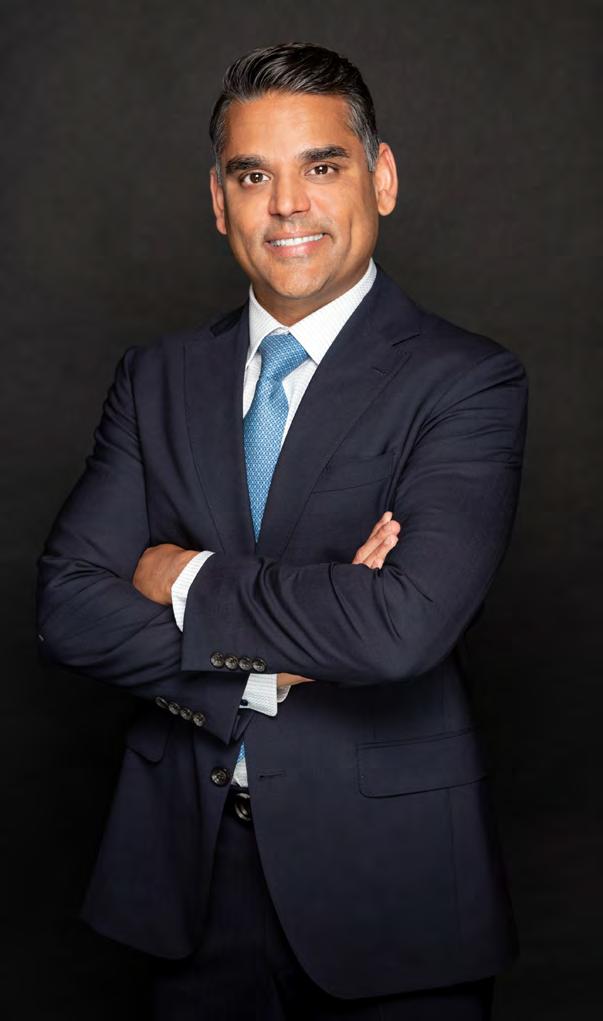
UChicago Medicine AdventHealth Neurological Surgery 908 N. Elm Street, Suite 210, Hinsdale 2363 63 rd Street, Suite 104, Woodridge
630-856-8640
uchicagomedicineadventhealth.org/our-services/ neurosurgery
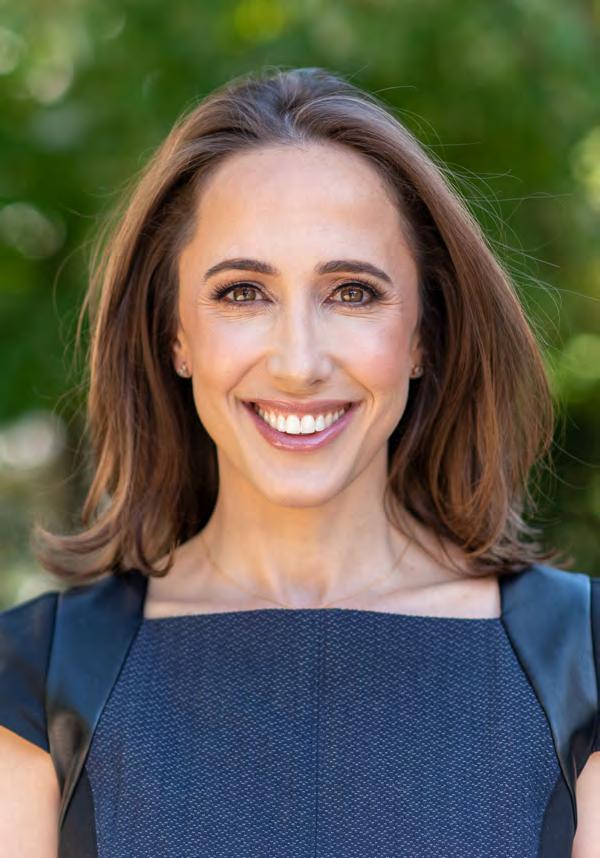
Hinsdale Magazine (HM): Who were your mentors and how did they influence your current practice?
Dr. Rachel Bognet: I’ve been very fortunate to have worked with many wonderful physicians along the way. From a very young age, I was enamored by my pediatrician, who could make even the sickest child laugh with his comedic routines. Although, it was a summer job in college and volunteer work at the AAD summer camp for children with severe skin conditions that started my love for dermatology. My mentor in residency was most influential in how I practice. He had an unwavering dedication to teaching the basics and a deep understanding of clinicopathologic correlation. This proved vital in how I approach every patient, with a commitment to fixing even the most challenging cases. A dedication to lifelong learning is crucial to being a trusted and compassionate physician.
HM: How do you stay passionate about medicine, especially after years of practice?
Dr. Bognet: Luckily, this is not difficult as Dr. Steil and I are constantly eager to learn about new technologies and emerging treatments. The plethora of safe and effective medicines we can now offer patients with severe eczema, psoriasis, hair loss, and acne is astounding. When I graduated residency, many of these were not created or an option yet and it has transformed how we can care for patients. Improving patient’s lives and restoring their confidence through groundbreaking medicines and cosmetic treatments is extremely rewarding.
HM: What makes your practice successful?
Dr. Bognet: Building strong relationships with our patients is at the core of our success. Open and honest dialogue about their medical or cosmetic concerns allows patients to feel at ease. Listening and offering options without judgement or coercion is the foundation of trust in any relationship.
HM: How do you see the role of precision medicine impacting dermatology in the coming years?
Dr. Bognet: Personalized medicine is already here and changes are rapidly coming due to advances in technology. We now have genomic testing available on skin cancer tissue to better guide the need for immunotherapy and radiation. Genetic testing is also allowing physicians to know which type of medication will be most effective for patients without the antiquted “trial and error” method. Better outcomes with minimal side effects is always the goal.
HM: If you weren’t a doctor, what would you have wanted to be?
Dr. Bognet: That’s a tough question because I truly love what I do! I suppose when I’m too old to do surgery anymore, I would venture into home remodeling more. I’ve always loved old homes and restoring beauty and balance has always been a passion.
CSC Steil Dermatology
125 W 2nd St, Hinsdale, Illinois and 5157 Main St, 205, Downers Grove, Illinois
630-455-0045
cscdermatology.com
Hinsdale Magazine (HM): What distinguishes you from other surgeons?
Dr. Michael Byun: I think it’s my understanding of facial anatomy as living tissues in layers. After graduating from Northwestern University Medical School and completing my Plastic Surgery fellowship, for which I was the inaugural fellow of integrated, combined seven year program, I developed a distinct surgical technique, The Byun Lift. Patients who align with my philosophy and seek my specialized skills experience exceptional outcomes. I believe I have a unique understanding of facial anatomy and meticulous surgical direction.
HM: What is your philosophy, and how did this lead to The Byun Lift technique?
Dr. Byun: I was dissatisfied with the unnatural results of traditional facelift techniques, which often involved skin excision – thus leading to a stretched mouth and fat grafting – resulting in a round, stuffed face. For these reasons, I began exploring alternative approaches as a fellow some 25 years ago. My artistic background provided the dexterity to explore the role of facial muscles in aging. Discovering muscle descent as a key contributor, I developed The Byun Lift.
HM: What is The Byun Lift?
Dr. Byun: The Byun Lift restores a natural, youthful look by focusing on muscle repair and tissue preservation, addressing both natural aging and/or complications from previous cosmetic procedure results. Unlike the conventional approach, where 99% of surgeons lift facial skin and tissues laterally towards the ears, The Byun Lift technique repositions the muscles upward and inward towards the midline of the face by use of an endoscope. This precise repositioning returns the muscles to their original, pre-aging location, providing a physiologically accurate and superior correction. This method not only lifts but also restores the underlying structures in layers, leading to more natural and long-lasting results. Patients often request The Byun Lift to recapture their youthful appearance, addressing both natural aging and the negative side effects of prior cosmetic procedures.
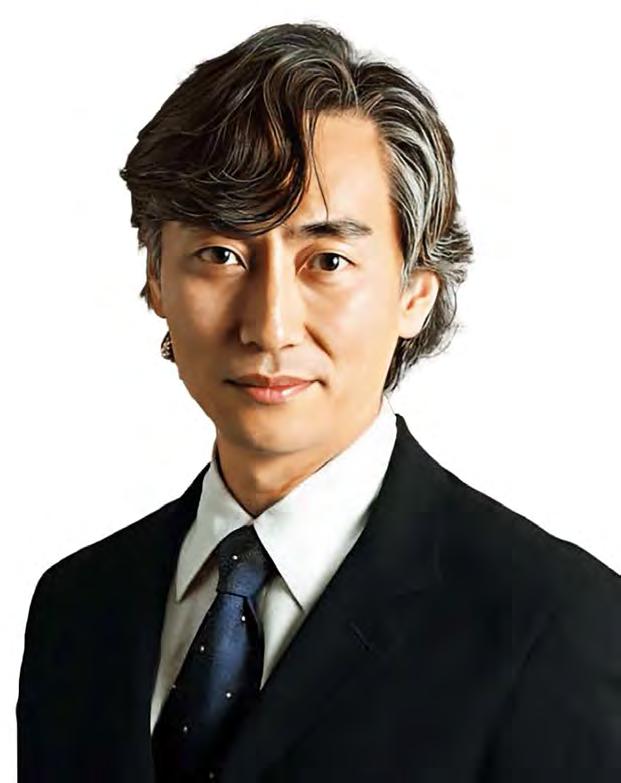
HM: Can you help patients with problems or complications resulting from other cosmetic procedures or previous facelifts?
Dr. Byun: My specialization, rooted in trauma and pediatric reconstructive surgery, equips me with advanced skills in tissue repair by use of an endoscope. Achieving a natural, attractive correction to reverse what has already been done is contingent on the patient’s existing condition. I offer thorough consultations to educate and guide individuals through their options.
Chicago Cosmetic Surgery 1775 Walters Ave. Northbrook, Illinois (847) 513-6899 chicagocosmeticsurgery.com
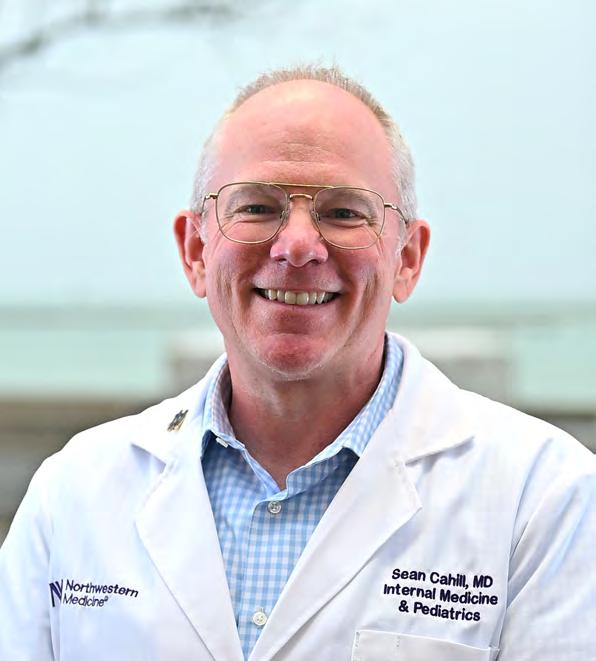
Hinsdale Magazine (HM): Why did you choose to open your own Concierge Internal Medicine practice in Chicago?
Dr. Sean Cahill: Quite simply I wanted to have more time for better relationships with my patients, to be able to practice medicine the way it should be. I had 3500 patients at my prior practice; the average busy primary care doctor has 2000! Corporate medicine puts doctors and patients on a conveyor belt, with long waits, short appointment times, and serial surveys about the experience. No time exists to discuss sleep or new cutting-edge preventive care. Concierge medicine allows patients to hire their own semiprivate doctor to address the issues they want to address in a timely fashion, including newer prevention concepts like CT calcium scoring, whole body MRI, and DNA cancer screening. I work for my patients, not a health system or insurance company. I chose the city in order to join a longstanding concierge practice with great partners, an affiliation with Northwestern Memorial Hospital, and the ability to teach at the Feinberg School of Medicine.
HM: What can patients expect when they come to the city to see you?
Dr. Cahill: First and foremost, exceptional care on the patient’s terms guided by me, an experienced, board-certified internist. I have time to listen and create a personalized health plan based on individual needs, gender, age, family history and habits. I spend a great deal of time discussing good and bad habits and how these influence health over
time. I do not expect perfection but steady progress toward healthier and more mindful. Overall, I focus on the 4 A’s of concierge medicine: Availability, Ability, Affability, and Advocacy. In addition, I have friendly staff that know patients when they call and help make imaging and specialist appointments. My office on Lake Michigan is beautiful, and the area is safe. We even validate parking!
HM: Do you have any special interests you particularly like addressing with patients?
Dr. Cahill: I am board certified in Internal Medicine and Pediatrics, and see patients 16 and older at my city office for general primary care. After 22 years in practice, I most appreciate the prevention of disease, because once you acquire a disease it’s much more difficult to treat it. Longevity, weight management, and men’s health are of particular interest to me. I like to challenge my patients to think in terms of retirement planning. We all have spent a lot of time recently watching our retirement funds closely, but how closely do you watch your health? We do not spend enough time “training” our bodies for retirement, preparing for tasks like walking through an airport, lifting luggage overhead on a plane, or hiking with grandkids.
HM: What do you see as the most challenging aspect of healthcare in the future?
Dr. Cahill: The biggest challenge to me is an aging population and no one coming out of med school and residency to take on the task of providing primary care. As doctors retire or leave practice, who is left to care for us as we age? Patients can choose to hire their own concierge physician. Generally speaking, our health system does not work very well for patients, doctors, and medical staff, and something needs to be done about pricing and transparency on the part of health systems, insurance companies, and pharma.
HM: What do you enjoy the most about taking care of people from our community?
Dr. Cahill: I love seeing patients from the western suburbs, especially at my office in the city (I do have a small office in the western burbs for quick visits). I know they really want to be there seeing me and be actively engaged in their health plan. They are motivated to live healthier and longer and are ready to partner with me to achieve that goal. Simply, I enjoy trying to make my community healthier.
Dr. Sean Cahill
680 N. Lake Shore Drive, Suite 118, Chicago, Illinois 312-470-8990 | sean@seancahillmd.com seancahillmd.com
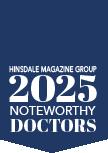
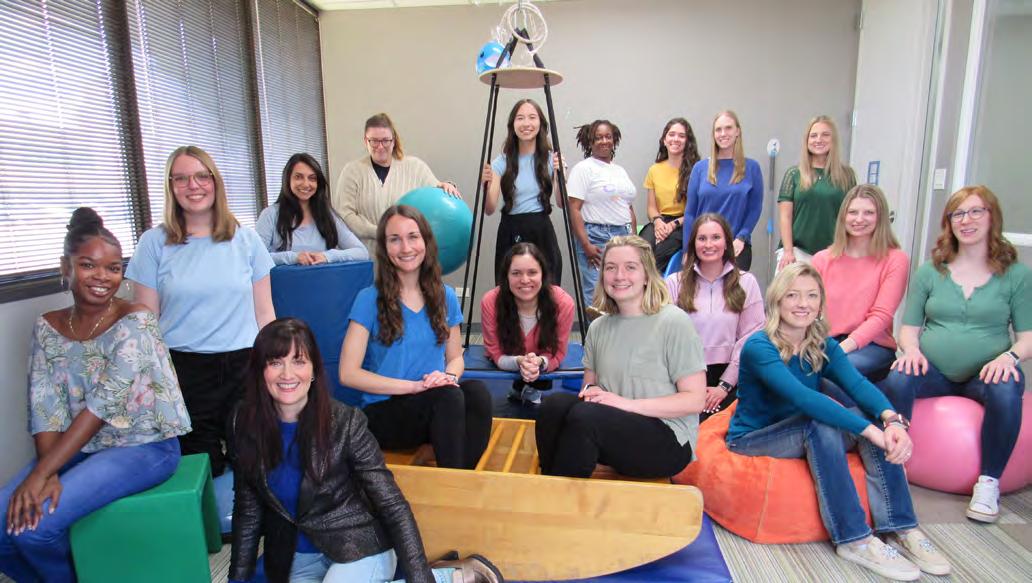
Physical Therapy • Occupational Therapy
Hinsdale Magazine (HM): What inspired you to start Pediaprogress and to open an office in Downers Grove? Pediaprogress: The founder of Pediaprogress, Mindy Vasilakopoulos, was inspired to become a speechlanguage pathologist by her cousin, who has Down syndrome. A graduate of Downers Grove North High School, Mindy set out to create a welcoming space in her hometown, where a community of pediatric experts could provide compassionate care and personalized support for children and their families. Mindy and her husband, George, are raising their three children in Downers Grove.
HM: What is the mission of Pediaprogress and how do the different types of therapy you offer benefit children? Pediaprogress: Our mission is to support all children in reaching their potential by engaging their interest, developing crucial skills, fostering critical thinking, and strengthening family relationships. We offer pediatric physical, occupational, speech-language, and feeding therapy for children ages birth to 18 years, both inoffice and with the Early Intervention Program. We support children with a wide range of needs, including torticollis (a condition causing the head to tilt or turn due to tight neck muscles), feeding challenges in infants and children, decreased attention, sensory integration difficulties, sports injuries, muscle weakness, balance and coordination issues, and delays in fine motor, gross motor, and speech/language development.
Our team of licensed physical therapists (PTs), occupational therapists (OTs), and speech-language pathologists (SLPs) begins with a comprehensive evaluation—using standardized tests and parent interviews—to identify each child’s strengths and needs, followed by a personalized treatment plan with goals tailored to their developmental abilities. After the evaluation, we refer to the child’s physician as needed to address potential developmental barriers like sleep or hearing concerns. Using evidence-based practices, therapy activities are individualized to each child’s interests to boost intrinsic motivation, enhance critical thinking, and build essential skills.
HM: How do you support families in your office and with the Early Intervention (EI) Program?
Pediaprogress: Through in-office private therapy and in-home or daycare-based Early Intervention (EI) therapy, we collaborate with families to support the successful transfer of skills to the home and community. Our team of therapists are credentialed by the State of Illinois EI Program, which provides services for children from birth to three years old, and is available for all eligible children in Illinois, regardless of income level, immigration status, or insurance coverage. We empower caregivers with the tools and knowledge they need to support their child’s development and to integrate strategies into daily routines, such as playtime, dressing, feeding, and bathing. We welcome new families and look forward to meeting you!
Pediaprogress
1101 W 31st Street, Suite 110, Downers Grove, Illinois 630.929.0122 | info@pediaprogress.com pediaprogress.com
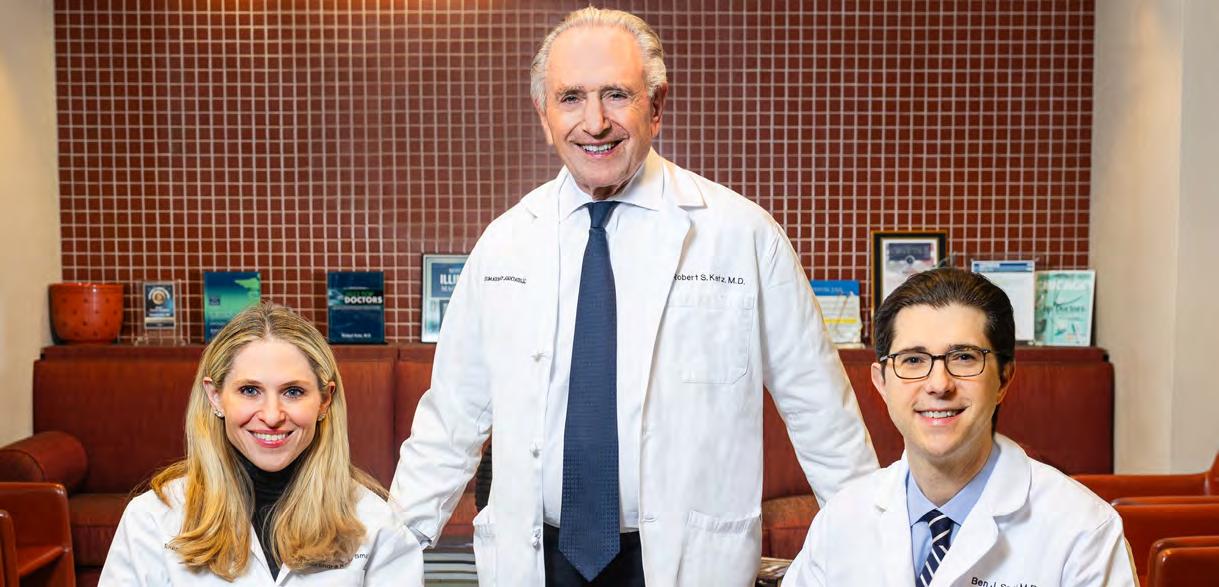
Hinsdale Magazine (HM): What conditions do rheumatologists treat?
Rheumatology Associates: MDs Robert S. Katz, Alexandra Katz Small, and Ben J. Small (RA): We treat rheumatoid arthritis, lupus, ankylosing spondylitis, psoriatic arthritis, osteoarthritis, gout, Sjogren’s syndrome, scleroderma, myositis, vasculitis, polymyalgia rheumatica, fibromyalgia, muscle/joint pain, plus many others.
We specialize in nonsurgical musculoskeletal (bone, joint, muscle and soft tissue) pain-relieving treatment options to those with chronic or temporary conditions.
HM: What aspects of your careers as doctors are most rewarding?
RA: The most rewarding aspect of medicine is helping people who are sick or in a lot of pain. With the right treatment, patients can improve significantly in terms of pain, swelling and stiffness. Oftentimes they can return to their normal levels of functioning. It is gratifying to know that you have made a significant impact on a person’s health and quality of life.
One of our patients recently commented, “I came to your office in a wheelchair, and I left pushing the wheelchair out.” What a rewarding profession we have helping people. Nothing is more important in life than health, so if we can improve our patient’s quality of life and help them lead happier, healthier lives, we are truly grateful to be in this profession.
HM: How do you build trust with your patients?
RA: The doctor-patient relationship is the most important aspect of medicine. The best way to build trust is to take the time to really listen and connect with your patients and help them.
The patients are what makes coming to work each day fulfilling. We love helping people improve their quality of life by reducing their pain. We also enjoy getting to know our patients as people, rather than just a medical case or diagnosis.
We all truly love the field of rheumatology. It brings meaning to our lives to be able to help care for others.
HM: Are there any emerging treatments or therapies that you are particularly excited about??
RA: There are so many exciting new drugs and treatments in the field. Every year many new medicines are developed which improve treatment of rheumatic diseases and dramatically impact our patient’s lives.
Biologic medicines have transformed our field significantly with the reduction of pain and progressive joint damage. Many diseases that were once severe and crippling now have life-changing treatments available. Our office was involved in the trials for Enbrel, the first biologic approved for rheumatoid arthritis. We have published more than 400 research studies.
Rheumatology Associates 2450 S. Wolf Road, Westchester, Illinois 312 226 8228
RheumatologyAssociates.com
Hinsdale Magazine (HM): Was there a specific moment or experience that confirmed you wanted to become an orthopedic surgeon?
Dr. Justin LaReau, MD: During my training at University of Michigan Medical School, I assisted in a complex joint reconstruction case. Seeing the patient’s ability to regain mobility and quality of life after surgery had a profound impact on me. It confirmed that orthopedic surgery was the right path for me — the ability to help people move again is incredibly rewarding.
HM: How do you build trust with your patients?
Dr. LaReau: Trust comes from open communication and setting realistic expectations. I take the time to understand each patient’s concerns and goals. Explaining the procedure, recovery timeline, and potential risks allows patients to feel more comfortable and involved in their care plan.
HM: What role do new surgical techniques play in your practice?
Dr. LaReau: Minimally invasive and roboticassisted procedures have been game-changers. Techniques like anterior hip replacement and MAKO-assisted knee replacement may allow for greater precision, less trauma to the tissue, and faster recovery times. These advancements have significantly improved patient outcomes in my practice.
HM: What do you think is the most important thing a doctor can do to improve patient outcomes?
Dr. LaReau: Individualized care is key. Every patient’s body and lifestyle are different, so I create a treatment plan tailored to their needs. Staying ahead of surgical advancements and using minimally invasive techniques also improves outcomes and reduces recovery times.
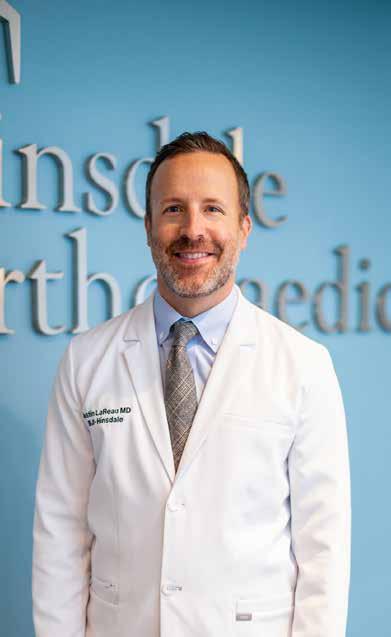
HM: How do you handle the emotional side of patient care, especially when outcomes are uncertain?
Dr. LaReau: Empathy is crucial. Sometimes recovery is slower than expected or complications arise, and patients feel discouraged. I make sure they know that setbacks are part of the process and that I’m there to support them every step of the way.
HM: Have you ever thought about switching careers, or have you always known this was your calling?
Dr. LaReau: Orthopedic surgery still feels right for me. I am grateful for the opportunity to help patients regain mobility and improve their quality of life is incredibly fulfilling.
Hinsdale Orthopaedics
550 West Ogden Avenue, Hinsdale, Illinois
630-323-6116
hinsdale-orthopaedics.com
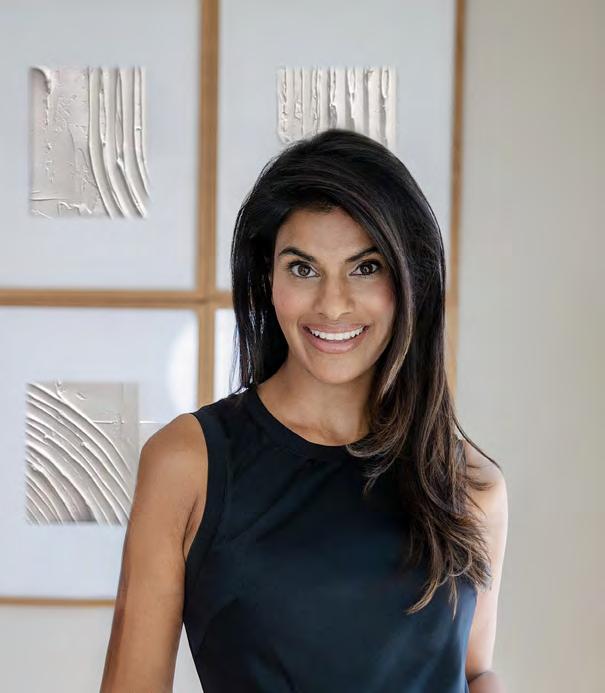
Hinsdale Magazine (HM): How did you decide on your area of specialization?
Dr. Malhotra: I was initially drawn to dermatology because of my own experiences with severe acne and precancerous moles—challenges that allowed me to deeply relate to my patients’ concerns. What ultimately solidified my passion for the field was its unique blend of medical, surgical, and cosmetic care. The skin is a powerful reflection of overall health, and I find great fulfillment in helping patients not only achieve healthier skin but also regain their confidence.
HM: How do you approach conversations with your patients?
Dr. Malhotra: I approach every patient conversation with empathy, openness, and a genuine desire to understand their concerns. Whether it’s a medical issue or a cosmetic goal, I believe in creating a safe space where patients feel heard and respected. I take the time to listen carefully, explain diagnoses and treatment options clearly, and involve patients in the decision-making process. My goal is to build trust and ensure that every patient leaves feeling informed, supported, and empowered in their care.
HM: How has technology changed the way you practice medicine?
Dr. Malhotra: Technology has transformed dermatology in incredible ways—from how we diagnose and treat skin conditions to how we connect with patients. Tools
like digital dermoscopy, AI-assisted skin analysis, and advanced laser technologies have elevated both the precision and outcomes of care. On the cosmetic side, we now have more refined, non-invasive options than ever before, which means better results with less downtime. Treatments such as Sofwave, Fraxel, Diamond Glow medical facials are just a few of the amazing things we offer.
HM: How do you stay current with the latest medical research and treatments?
Dr. Malhotra: Staying up to date is essential in a constantly evolving field like dermatology. I regularly attend national conferences, participate in continuing medical education (CME) courses, and stay engaged with leading dermatology journals. I’m also part of professional networks and societies that provide access to the latest clinical guidelines, research, and treatment innovations. Whether it’s a breakthrough in biologics for skin disease or a new cosmetic technique/treatment, I’m always looking to integrate the most effective, evidence-based approaches into my practice to provide the highest standard of care for my patients.
HM: What’s the one thing you wish patients understood about the medical process?
Dr. Malhotra: I wish more patients understood that healing—whether medical or cosmetic—is often a process, not an instant fix. We live in a world of quick results, but dermatology, in particular, can require patience and consistency. Whether we’re treating acne, managing a chronic skin condition, or working toward aesthetic goals, meaningful results take time and collaboration. I always encourage open communication and realistic expectations, because when patients feel informed and involved, the journey becomes much more rewarding—for both of us.
HM: How do you maintain a healthy work-life balance?
Dr. Malhotra: It’s definitely a juggling act, but I’ve learned to prioritize the things that recharge me. Running around outside with my two little boys, cheering them on at their games, playing tennis with my husband, or squeezing in a workout (and a good laugh) with my girlfriends—those moments keep me centered. Balance isn’t always perfect, but staying active, connected, and occasionally escaping with a good book or trip helps me show up as my best self, both in the clinic and at home.
SKN Institute
105 S York St # 500, Elmhurst, Illinois 630-349-3040 sknin.com
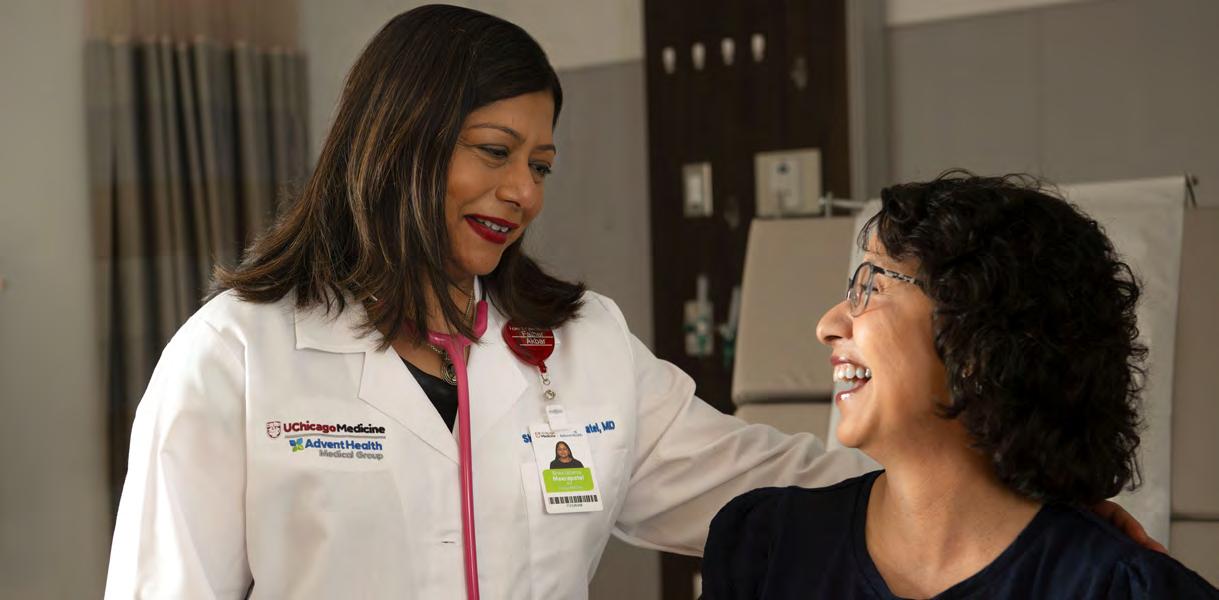
Hinsdale Magazine (HM): What inspired you to pursue a career in medicine?
Dr. Shakilabanu Meerapatel, MD, FAAFP: My inspiration to pursue medicine stems from the story of my own birth. In a rural village in India, my mother faced complications during her first pregnancy – mine –because of a breech presentation that went undetected due to a lack of ultrasound facilities. The village lacked the resources for her delivery, so my family had to urgently transport her to another village that had tertiary care where doctors saved both of our lives. This moment showed me the life-saving power of medical care, and inspired me to become a doctor to serve communities needing care the most.
HM: What do you think is the most important thing a doctor can do to improve patient outcomes?
Dr. Meerapatel: I believe the most important thing a doctor can do to improve patient outcomes is to highly prioritize education – both their own and their patients. Staying up-to-date with relevant medical knowledge is essential, yet taking the time to educate patients about their conditions is equally important. When patients understand their diagnosis and treatment process, they are able to advocate for their health and feel empowered in the process. Coupled with compassion and empathy, this supports patients from all angles and leads to better outcomes.
HM: What is your take on the increasing emphasis on preventive care over treatment?
Dr. Meerapatel: I believe that even today, the saying “an ounce of prevention is better than a pound of care” still rings true. Preventive care allows for early detection of conditions that may present silently, such as diabetes, high blood pressure and high cholesterol. Through regular screenings – like those for breast, cervical and gastrointestinal cancers – we can intervene early and prevent disease progression. This proactive approach not only saves lives but also reduces long-term healthcare costs and prioritizes quality of life.
HM: If you were not a doctor, what would you do?
Dr. Meerapatel: If I weren’t a doctor, I would be a chef. I have always loved the precision and creativity that comes with cooking – especially baking, which goes hand-in-hand with the attention to detail needed in medicine. I make a mean chicken curry and samosas, but my signature dish is biryani. Just like medicine, cooking brings people comfort, and I love that it is another way to care for others.
UChicago Medicine AdventHealth Primary Care 11 Salt Creek Lane, Suite 125 Hinsdale, IL 60521
630-655-1177
uchicagomedicineadventhealth.org/our-services/primary-care
Hinsdale Magazine (HM): What inspired you to pursue dermatology and establish CSC Dermatology?
Dr. Christina Steil: During my medical internship, I was caring for a complicated patient with unusual skin lesions. The dermatology team was called in and witnessing the attending dermatologist diagnose the patient at the bedside was a pivotal moment that inspired me to pursue a career in dermatology. I was fascinated by how the skin provides insight into the health of our body. My other passion was technology and its potential to enhance patient care. I established my own practice to have the flexibility to implement the latest technologies in patient care.
HM: Could you elaborate on your areas of specialization within dermatology?
Dr. Steil: I specialize in both medical and cosmetic dermatology. I began my practice in 2002 with a focus on medical dermatology, aiming to help people achieve better health. Early in my career, I noticed a significant number of patients with sun-damaged skin. These were individuals who enjoyed outdoor activities but at the cost of their skin’s health and appearance. As a result, my practice in medical dermatology naturally expanded to include helping patients restore the health and appearance of their sun-damaged skin. Within a few years of starting CSC Dermatology in 2002, I began adopting new technologies and offering procedures to achieve this goal. CSC Dermatology became known for being the first in the area to offer many treatments. I was one of the first to train on using the injectable Sculptra™, and I was fortunate to be trained by the physician who developed the technology.
We were also the first in the area to offer medical Photodynamic Therapy (PDT) for treating pre-skin cancers, known as actinic keratosis. I was grateful to treat an elderly man with severe sun damage using PDT, which helped reduce and slow the progression of his skin cancers. Additionally, we were one of the first to offer lasers to treat acne as an alternative to traditional medications such as oral antibiotics and isotretinoin.
For me, the practice of cosmetic dermatology and the use of lasers to treat sun-damaged skin is a continuation of the medical treatment of sun-damaged skin, pre-skin
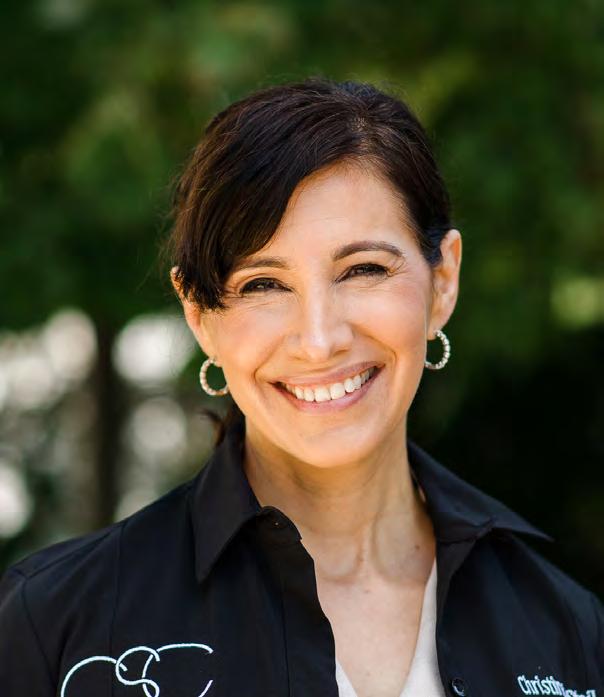
cancers, and skin cancer. I ensure that all patients who receive a skin examination and have photodamaged skin are educated on their options to restore their skin’s health and function. I inform them that we have lasers that can delay the aging of their skin and make them aware of published studies showing that certain lasers we use to improve the skin’s appearance can also reduce the risk of non-melanoma skin cancers.
HM: What innovative treatments or technologies have you recently incorporated into your practice?
Dr. Steil: We are so excited about our newest device: the BBL® HEROic™ by Sciton. We have been offering BBL Fotofacials for years to prevent photoaging. The HEROic™ technology brings AI to the treatment room, making our treatments more comfortable, effective, efficient, and safer for our patients.
CSC Steil Dermatology
125 W 2nd St, Hinsdale, Illinois and 5157 Main St, 205, Downers Grove, Illinois
630-455-0045
cscdermatology.com
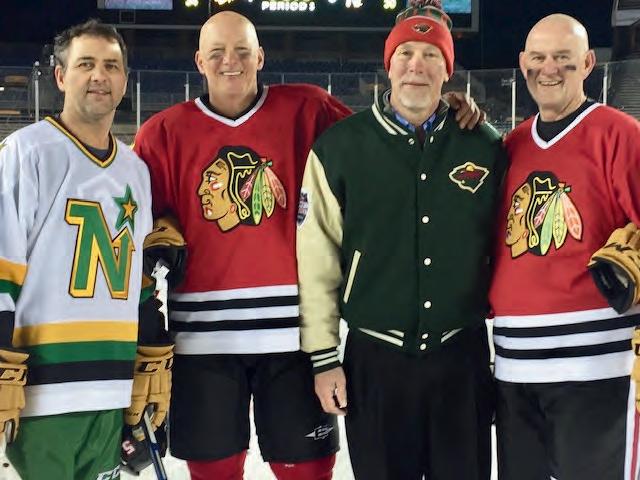
afternoon, which was great because we played a 4:00 p.m. game, but it was on tape delay, so nobody in the U.S. watched it in real time. The only people who knew we won were either Canadians, residents of Lake Placid, broadcasters who aired the game or people who had listened to it live on the radio. I don’t know how many people had planned to watch it either because we had lost 10-1 to the Soviets at Madison Square Garden just ten days before we faced them in the Olympics. Most people don’t want to watch a car crash in real time (O’Callahan laughed). But after we won that afternoon, the networks were saying things like, ‘We’re not going to tell you what happened in Lake Placid this afternoon, but be sure you don’t miss it tonight at 8!’
DO YOU REMEMBER THAT MOMENT WELL?
Yes! I’ll never forget it. The stadium was absolutely crazy! People on the street outside were going nuts! The team was all staying in the Olympic Village, but after we played, the hotel where our parents were staying threw us a big party. They put together a few conference rooms, and we had dinner while we watched the game with our families. It was such an amazing night!
BEFORE THE GAME AGAINST THE SOVIETS, COACH BROOKS TOLD THE TEAM, ‘THIS IS WAY MORE THAN A HOCKEY GAME.’ WHAT DO YOU THINK HE REALLY MEANT?
There really was so much more to it than hockey. The country had been through a lot of turmoil in the decades before that game. Most of the guys on that team were born in the 50s. Many of our fathers had fought in the Korean War and were very proud Americans. A generation gap developed in the 60s - an era of racial and social unrest, Vietnam,
Kennedy getting shot, draft dodging, etc. The country was very disconnected. Then we showed up in Lake Placid in 1980, and for two weeks, we played every other night. The momentum built up, and for the first time in a long time, everyone was very proud of the USA again. When we beat the Russians, it really brought the country – and the generations- back together.
WAS THE FINLAND GAME – THE FINAL HOCKEY GAME OF THE 1980 OLYMPICS IN WHICH TEAM USA CAPTURED THE GOLD – AS HARD?
Put it this way, the practice we played after we won the game against the Soviets but before we played Finland was the hardest one we ever had. Coach Brooks never dialed it down. As a matter of fact, it was the opposite. He pushed us so hard that we were like, ‘What is he trying to do? Kill us?’ That’s when he told us, ‘Do you think the Fins are going to lie down and give you this game? You’ve played six games as the underdog. Now you’re the favorite. The world is watching you, and everybody is waiting for you to lose. And if you do, you will take it to your grave!’
He was right. The Fins were a phenomenal team. The last period of that game, to our credit and Coach Brooks’, was probably the best 20 minutes of play in our year together as a team. We were down 2-1 going into the third period, but the Fins barely touched the puck in that last period. We beat Finland 4-2 for the gold!
HOW DO YOU THINK BROOKS’ STYLE OF COACHING AFFECTED THE OLYMPIC VICTORY?
Brooks knew his players well. He had coached most of them at some time before he assembled his Olympic team. He reminded all of us daily that he expected top effort every day. ‘Show up one day and give me 95% and you’ll make my job easy because I’ll get rid of you,’ he always told us. He constantly pushed us and that made us push each other.
I loved playing hockey in high school, and my team at Boston University (BU) won the NCAA tournament. That led to my spot on the Olympic team. While it was the honor of a lifetime, I always knew there would be life after hockey. Even when I was at BU and got drafted by The Blackhawks, the first thing I thought was, ‘If I play in Chicago, maybe I could learn how to trade commodities.’ So, playing hockey got me to where I eventually wanted to be. I now own an asset management firm.
We didn’t really do anything this year to celebrate, but we get together from time to time, and we’re all still close. Our first big reunion was in 2000. I talk to [Mike] Eruzione the most because we’re both from Boston and went to BU together, and now we both live in Florida. I talk to [Rob] McClanahan probably second most. But we’re hockey guys, so we’re all tight. Even Ralph [Cox] and Jack [Hughes], the last two guys who were cut from the roster right before The Olympics, are always included when we meet. We’ll probably do something for the 50th anniversary. ■
BY ANNA HUGHES
Nicknamed “America’s Hometown,” Cooperstown is more than just a small village in Central New York: It’s a rite of passage for young baseball players across the country. Home to the National Baseball Hall of Fame and one of the most prestigious youth tournaments in the sport, Cooperstown is a mecca for baseball fans and future professional hopefuls. Every summer, thousands of 12-year-old athletes have the chance to showcase their game on one of Cooperstown’s two pristine venues while making memories that last long after their tournament week is over. For many, it marks the peak of their youth careers—and the start of something even bigger.
Susie and Bill Howe’s summers are consumed by baseball, but that’s the way the western suburbs residents like it. Their three sons—Will (15), Andrew (13), and Jake (12)—all play, meaning their calendars are packed with practices and games, along with lots of driving and lots of laundry.
“Last year, I remember…with all three playing, April started, and there were 40 days straight that we had games,” Susie laughed.
The highlight of their recent baseball summers has been trips to Cooperstown. Both Will and Andrew
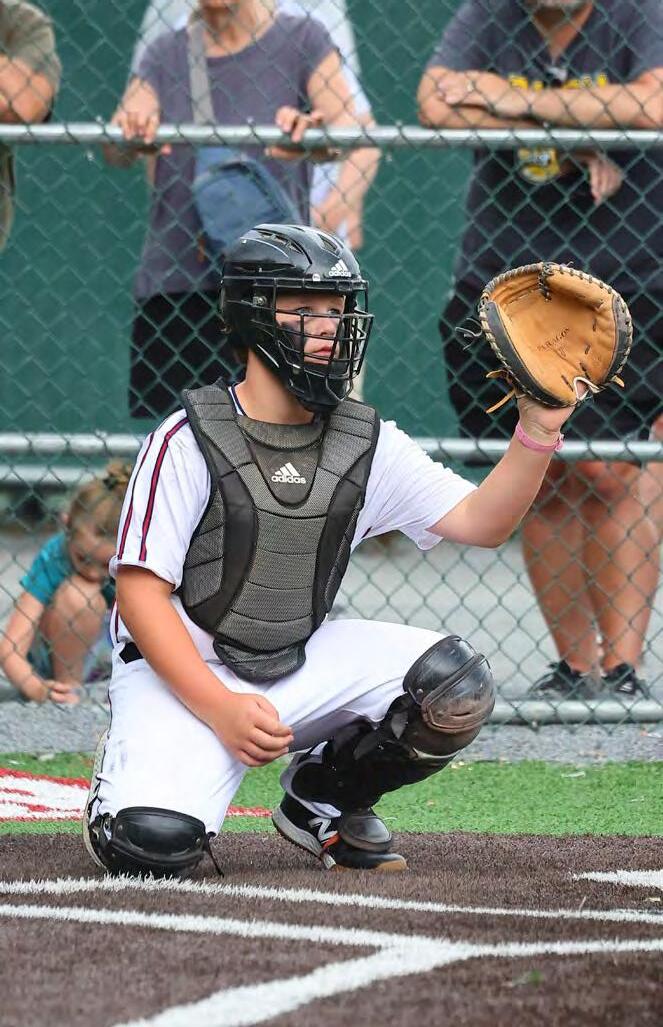
have played in the 12U tournament, during 2022 and 2024, respectively. This summer, it’s Jake’s turn. He’s been counting down since their first visit three years ago.
“The first time we went, nobody had any idea what to expect,” Susie said. “You feel like you’re fundraising, and you’re prepping for this trip, and you’re driving 14 hours, and you get there, and after a few days, you’re like, it’s just really as magical as they say.”
Teams apply to play at Cooperstown over a year in advance and fundraise to help cover the costs, which
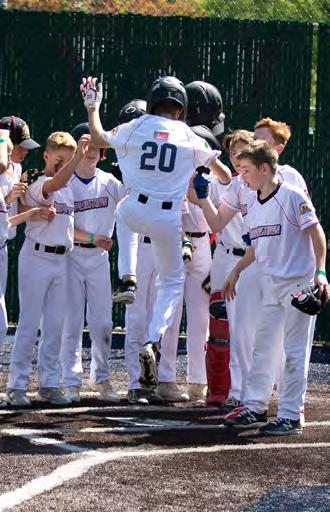
include the famous bunkhouses that host players and coaches. Many Cooperstown alumni cite the team bonding and week-long sleepover as lasting memories from the week. For parents, who often stay in nearby campgrounds or hotels, this trip symbolizes a connection with their sons thanks to a shared love of the game.
"Cooperstown is a symbol of baseball's history, and seeing them play there with their friends is a memory I will never forget," Bill said.
His favorite moment was watching Will hit his first home run during the tournament on Andrew’s birthday.
“Seeing the excitement on Will’s face and watching Andrew chase down the home run ball for him is unforgettable for me,” Bill said.
Will remembers that special moment fondly, too.
“It meant a lot to have my dad take me to Cooperstown and cheer me on,” Will said. “He was more excited for me when I hit my home run than I was.”
For the Howe boys and their parents, these are moments that make all the practice hours and busy schedules worth it—and memories that will last long after their youth careers come to an end.
Hinsdalean Luke Adams can attest to that.
Adams (20) is a third baseman for the Biloxi Shuckers, the AA affiliate of the Milwaukee Brewers. Although he’s had almost a decade of baseball experience since his first trip to Cooperstown—including being drafted in 2022 and hitting home runs out of professional ballparks—his time in the bunks stand out among some of his favorite memories.
“Cooperstown was one of, if not the most, special tournaments I’ve ever played in. The atmosphere was phenomenal,” Adams said.
He remembers it as the first time he competed against talented players from across the country—namely places like Florida and California, whose young players benefit from longer baseball seasons thanks to milder weather.
“From the opening day competing against 100+ teams in skill challenges, to playing the Florida Stealth, a powerhouse, at 2 AM because of rain delays that day, to rooming with 12 players and three coaches in a sauna of a room, I had a blast,” Adams said.
Adams had a chance to play in Cooperstown two summers in a row, accompanied by his favorite travel companion and number one fan: his dad, Dan Adams. Dan was one of Luke’s coaches during his second year, which meant enhanced father-son bonding and very busy days.
“The memories of playing so many games in a short period of time, and just the kids bonding and all the fun of being in the bunk house together, it’s got to be one of the top experiences [from Luke’s career],” Dan said.
Dan has been in the bleachers cheering or in the dugout coaching for countless games. To him, Cooperstown stands out as an exceptional playing experience. Between the fabulously-maintained
diamonds and the meticulous attention to detail from umpires and officiating crew, he said the opportunity to play on mini-Major League fields is an unmatched experience for any young player.
“I think that anybody who plays baseball and is serious about baseball at a 12-year-old age should try to go with their team,” Dan said. “It’s one of those once-in-a-lifetime experiences that you get to have as either fatherson or even as a family. I don’t think any kid that plays baseball should miss out on that.”
Although Luke’s killer swing and eye for the game have earned him professional success, it’s moments like Cooperstown that foster the love for the sport. His teammates (three of whom are currently Division I athletes) still keep in touch, telling jokes and marveling at how far they’ve come since their youth baseball days.
“There are still stories to this day we’ll talk about from Cooperstown,” Luke said. ■
“Cooperstown was one of, if not the most, special tournaments I’ve ever played in.”
- LUKE ADAMS
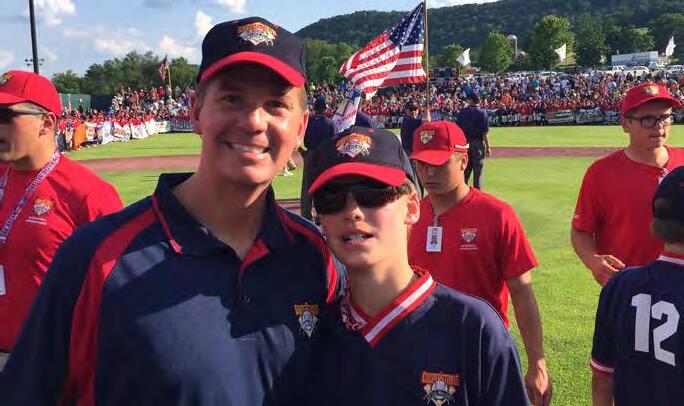
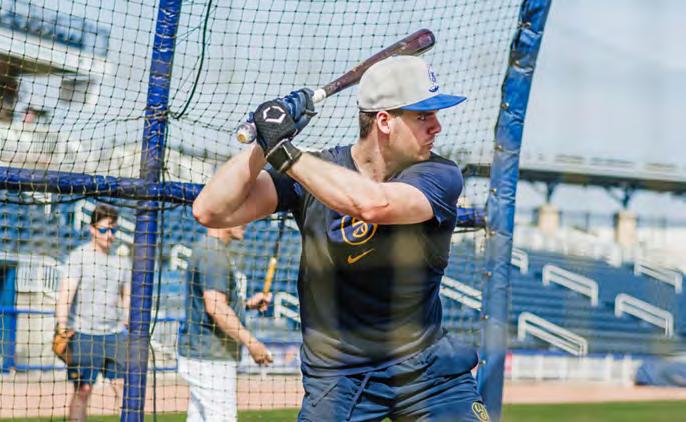
residence. Admission to West Point’s engineering and liberal arts degree programs is very selective, with entrance gained through an appointment made by a U.S. senator or representative.
There are other ways to earn a commission in the U.S. Army - the Army Reserves Officer Training Corps (ROTC)- which offers competitive educational scholarships, the Officer Cadet School, or direct appointments in select legal, medical, ministerial, and technical fields. All applicants are required to be high school graduates, pass a medical and physical exam, and be at least 17 years of age.
Today, the U.S. Army operates with an active component and two reserve modules – the United States Army Reserve and the Army National Guard. Roughly 500,000 soldiers serve actively in the U.S. Army today, with another 550,000 serving in the reserves. The military branch has over 100 installations worldwide, including major bases and smaller outposts.
You only turn 250 once! That said, there will be celebrations all over the country this summer for the Army’s semiquincentennial anniversary. A tribute to the U.S. Army, which highlighted its various eras, rolled through the Rose bowl
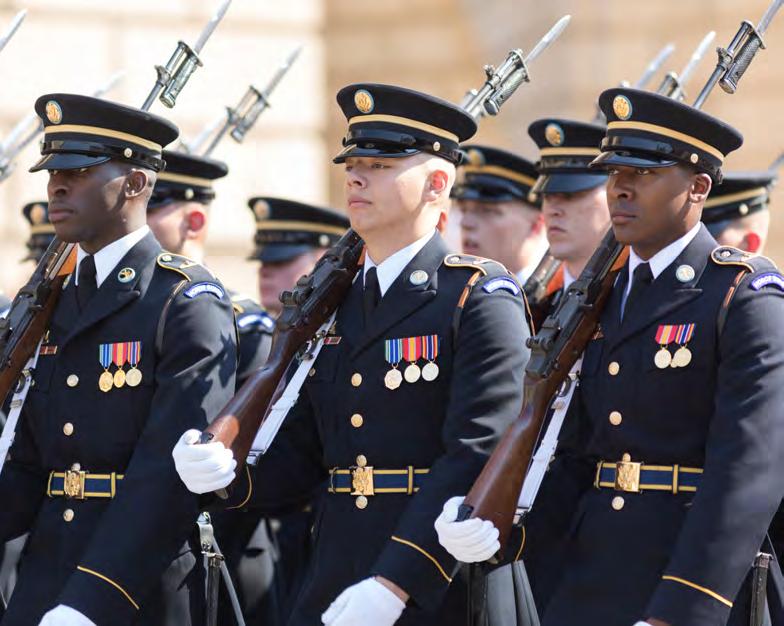
Parade in Pasadena this past January in the form of a float entitled: This We’ll Defend: 250 Years of Service.
The U.S. Army Heritage Center Foundation in Carlise, PA, an honored Smithsonian affiliate research library and museum, is planning a birthday dinner on June 14, 2025. Guest speakers and the 28th Infantry Band will entertain ticketholders.
The National Museum of the United States Army in Belvoir, VA, is

showcasing a special exhibit entitled Call to Arms: The Soldier and the Revolutionary War, which will include a rare collection of Revolutionary War artifacts from the original colonies, as well as England, France, and Canada, along with soldiers’ personal stories from America’s first veterans. The exhibit begins in May and is set to run through the birthday of America in 2026. Virtual attendance is possible.
….For where’er you go, you will always know that those Caissons go rolling along. (From the official song of the United States Army, The Army Goes Rolling Along).
Join Cantigny Park in Wheaton for a day of family fun on Saturday, June 21, from 10:00 a.m. to 4:00 p.m. as they celebrate the 250th Anniversary of the United States Army.
Meet active-duty soldiers, play in an inflatable booth camp, make camouflage crafts, and step back in time to see soldiers’ gear throughout history.
Tours of the First Division Museum, gardens and grounds and Colonel McCormick’s weapon collection are ongoing throughout the year.
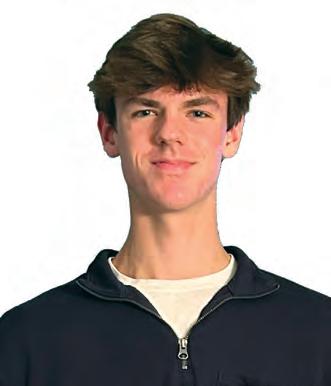
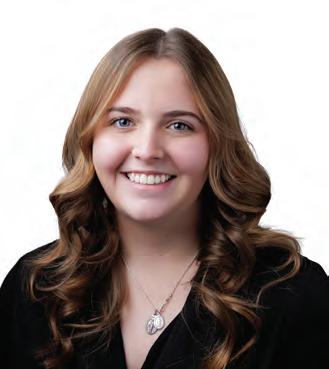
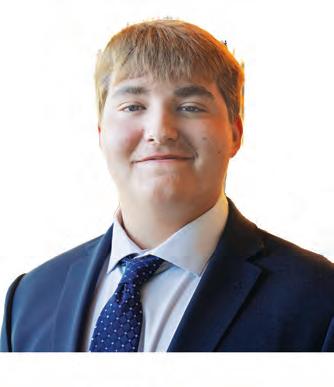
an estimated 360 more awarded the Evans Scholarship this year.
The Scholarship was founded by Charles “Chick” Evans Jr., who was introduced to golf while caddying at Chicago’s Edgewater Golf Club in the late 1890s. Evans went on to become one of the nation’s top amateur golfers and was urged to turn professional, but he was not interested in golfing for money. To retain his amateur status, Evans put his golf earnings into an escrow fund, which he decided to use to finance educations for hardworking caddies whose families could not afford college.
In 1928, Evans asked the WGA to oversee the fund, and the first round of Evans Scholarships were awarded in 1930, sending two caddies to Northwestern University. Until World War II, all Evans Scholars attended Northwestern, the site of the first Evans Scholarship House. When Evans’ original investment was exhausted, WGA Directors made contributions of their own to continue the Scholarship Program.
The WGA still runs the Evans Scholarship Foundation, which
issued approximately $37 million in Scholarships this year. Evans Scholarships are funded by contributions from over 38,000 Par Club members across the country, proceeds from WGA championship golf tournaments, and donations from some of the more than 12,285 Evans Scholar alumni.
Cummins, Finn, and Hamblin all said receiving the Evans Scholarship has been “life-changing” and working as a caddie has been invaluable.
“Caddying made me so much more confident.”
– MATTHEW HAMBLIN, 2025 NEW EVANS SCHOLAR
Cummins started caddying at River Forest Country Club at age 13 and is one of 11 caddies in her extended family. She said, “I swore up and down that I would never be a caddie – I’m not an outdoorsy person and I don’t like the heat – but I saw my cousins get up and work, making good money and some even got the Evans Scholarship, and I thought it sounded like a good gig!”
Hamblin began caddying at River Forest Country Club as a “shy
freshman” along with friends who decided to try it out as a summer job. “Caddying made me so much more confident, opened many new doors, and helped me…make so many great connections,” he explained.
Finn has caddied at Hinsdale Golf Club for three years and keeps coming back thanks to the “inclusive and supportive members” and the connections he has made with them. Finn also appreciates how flexible caddying is. He runs cross country and track for his school and said, “The Club made it very easy for me to work while having practice every day.”
Finn will attend the University of Illinois to study sports management, Hamblin the University of Iowa to major in finance and accounting, and Cummins Marquette University to major in biomedical sciences.
No prior knowledge of golf is necessary to become a caddie. An orientation program trains new hires on caddying expectations, rules and regulations, and more.
Young men and women interested in caddying may check the club locator on the WGA website (wgaesf.org) to find a participating club.■
Hinsdale Magazine Group had the opportunity to speak with Duff Entertainment, who manages the Taste of Oak Brook in partnership with the village.
(HMG): How has the Taste of Oak Brook evolved over the years, and where do you see it heading in the future?
DUFF ENTERTAINMENT (DE):
The Taste of Oak Brook has grown from a dazzling fireworks display for the community into a large-scale, must-attend Fourth of July event for all of Chicagoland. Through our partnership, the event has grown into a highly anticipated annual event that now includes a lineup of live music, exceptional cuisine from local restaurants, drone shows, private cabanas, and the iconic fireworks display everyone has come to love.
HMG: What’s one behind-the-scenes moment in planning Taste of Oak Brook that would surprise people the most?
DE: The amount of work and coordination that goes into an event like this is pretty intensive and isn’t something that’s simply “put together” in a few weeks. The Taste of Oak Brook takes months of intricate planning - from permits and fireworks coordination to drone technology implementation to food, beverage, live music, and everything in between. We’re incredibly proud of the work that is put forth each year to give the community an event to be proud of, however, the amount of time and details behind the event are endless, and we hope attendees appreciate the attention to detail and new elements we incorporate every year.
HMG: What’s the most unexpected challenge you’ve had to overcome while putting this festival together?
DE: When putting together a festival, there are always a lot of unknowns. For example, will attendees like the live entertainment? Will entry and exit be smooth and seamless? We wouldn’t
necessarily pinpoint one challenge, but a lot of little challenges and questions always linger when putting together a large-scale event. However, having amazing working partners like the Village of Oak Brook, as well as the fireworks coordinators, reliable food and beverage vendors, top-notch entertainment and more, help ease a lot of those challenges from the outset.
HMG: How do you go about curating such an entertainment lineup?
DE: When selecting entertainment for events like The Taste of Oak Brook, we really dive into what will resonate with the community. We’re very focused on who attends, what they like, and who will keep people entertained and festive the entire evening. Simply put, we want people to have a great time.
This year, Taste of Oak Brook doesn’t necessarily have a lot of “new” elements, but rather we are expanding upon what we’ve integrated in the past. For example, we will have more VIP tents available for large parties or companies to rent, additional bands and beverage tents will be available, and we’ll be executing a stunning drone show to complement the already impressive 25-minute fireworks display.
In addition, we have expanded the drone show to include over 300 drones to put on a brilliant display ahead of the fireworks show.
HMG: This event brings together a huge team between Duff Entertainment and the Village of Oak Brook— what’s the most rewarding part about working together?
DE: Community is at the core of everything we do, and the reward is seeing the community show up and support their friends and neighbors who orchestrate these events. When you respect the community and team you’re working with, the reward is seeing event attendees
genuinely enjoy themselves. It’s worth it for us to go through some pain points in order to build an event that has longevity and the potential to grow each year. It’s truly an honor to work hand-in-hand with the Village of Oak Brook to put forth events that engage the greater community.
HMG: With so many tastes to cater to, how do you balance creating a diverse menu and keeping everyone happy?
DE: We go by the old saying, “You can’t please everyone,” but we’re surely going to try! We work with trusted food and beverage vendors that offer a wide variety of food to please as many tastes as possible.
HMG: Are there any lesser-known vendors or activities we should keep an eye out for at this year’s event?
DE: All of the names are pretty familiar to locals; however, Alter Brewing + Kitchen has expanded their beer garden this year, where those 21 years and older may enjoy refreshing beverages and unwind in their spacious seating area. Additionally, we introduced the private Cabanas two years ago, and they have been a big hit! We have expanded the private cabana suites to accommodate 75 people and catering by Fogo de Chao - a Chicagoland favorite! The suites have comfortable seating areas, as well as air-conditioned restroom trailers. Cabanas are ideal for large groups that want to entertain clients, employees, family, and friends.
HMG: What should attendees expect regarding the fireworks display?
DE: The Village of Oak Brook is very proud to host one of the longest fireworks displays in Chicagoland. Each year, the Taste of Oak Brook fireworks displays last nearly 25 minutes—which is a lot of bang, boom, and pop! In addition, the 10-minute drone show (featuring 300 drones!) also adds a modern touch of entertainment, awing attendees with their coordinated displays, flickering lights, and more. ■







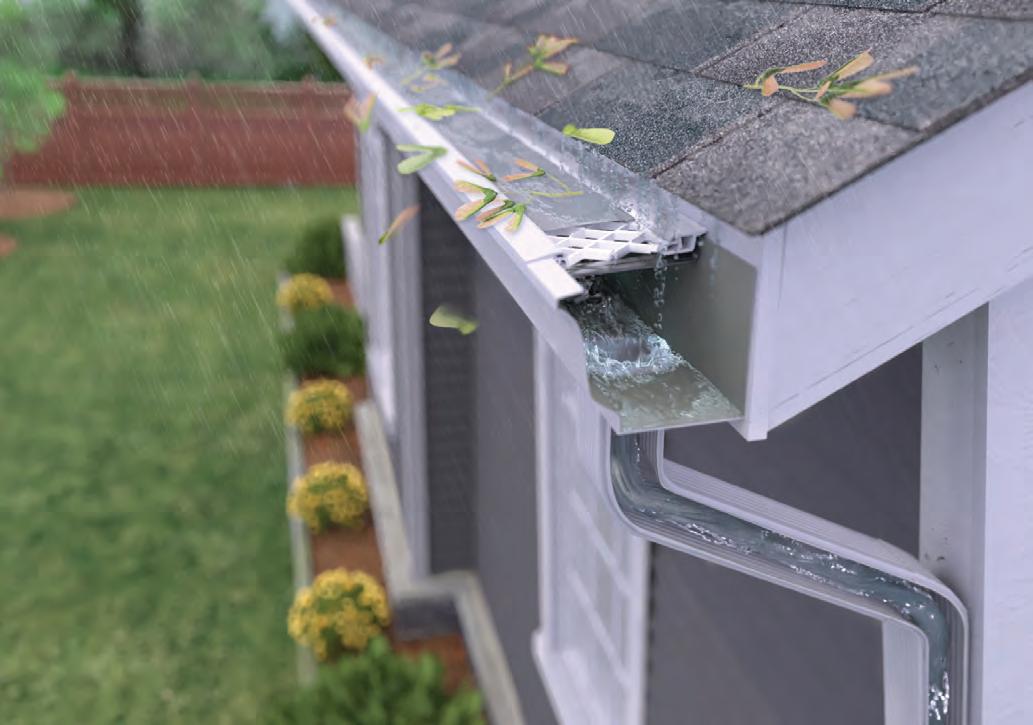

PHOTOS BY MARCELLO RODARTE
More than 300 people attended the Hinsdale Historical Society’s annual Kitchen Walk Luncheon in March at the Hinsdale Golf Club. This year’s theme, Palm Royale, celebrated design and preservation with a Palm Beach style theme. The Hinsdale Golf Club was transformed into a 1960s high society poolside retreat complete with cabana-inspired green and white decor and billowing fern centerpieces. This year’s guest speakers were Caroline Gidiere of Caroline Gidiere Design and author of A Curated Life and Alex Papachristidis of Alex Papachristidis Interiors and author of The Elegant Life. All proceeds benefited the Hinsdale Historical Society.
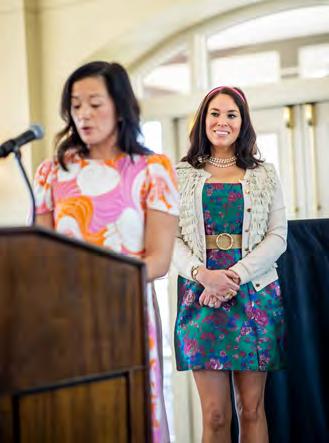
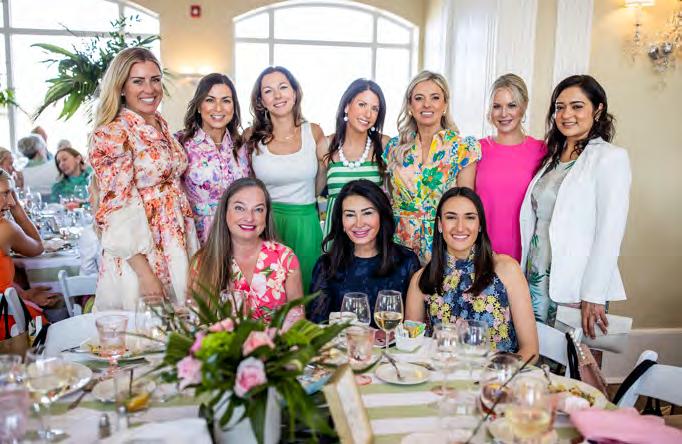



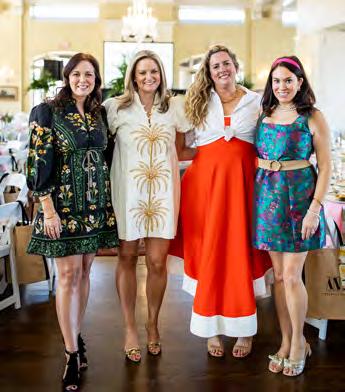
➀ Guests sported the Palm Beach style theme of the luncheon.
➁ Preservation Award Winner
Natalie Saegesser and Hinsdale
Historical Society incoming president Alexis Braden ➂
Kitchen Walk Chairs Ria Hoban, Amanda Mancini and Anne Otzen
➃ Jamie Pass, Lauren Saracco and Hinsdale Historical Society
President Walker Rediehs ➄
Kitchen Walk Luncheon Chairs
Diane Crites, Katie Isadore, Alicia O’Brien and Courtney Casey ➅
Event sponsors Natalie Ryan and Anna Fiascone, Hinsdale
Historical Society Trustee Hope
Lloyd Brown and Hinsdale
Historical Society Incoming
President Alexis Braden